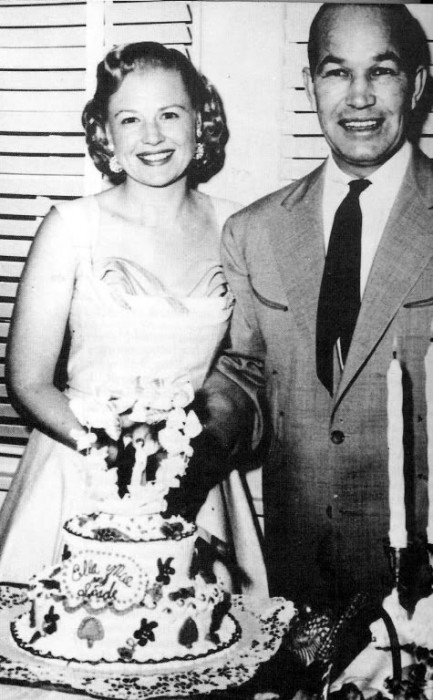| Hollywoodland | Jul 5 2022 |

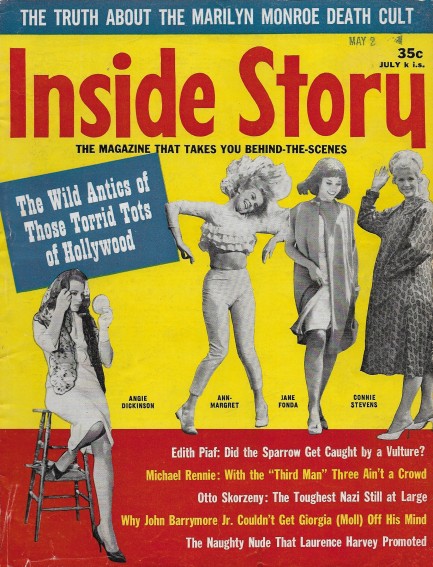
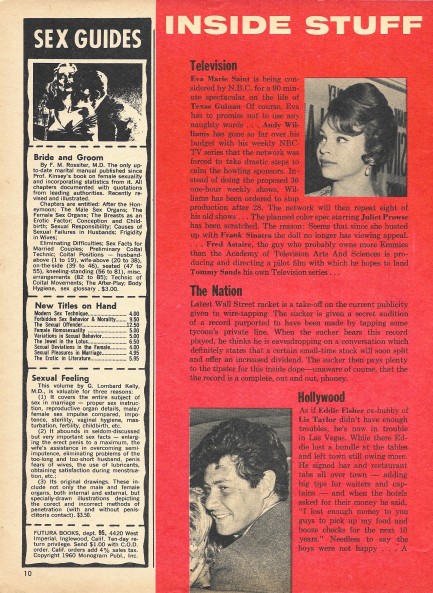
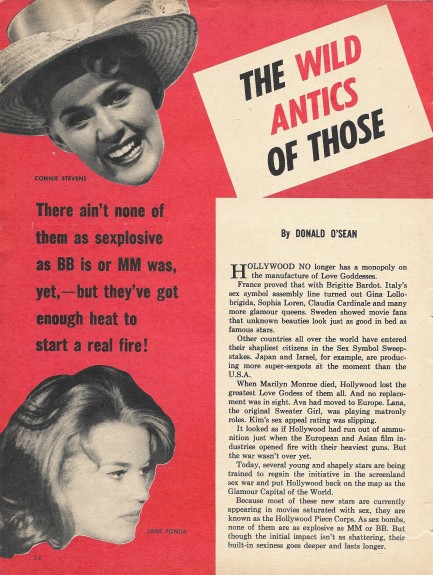
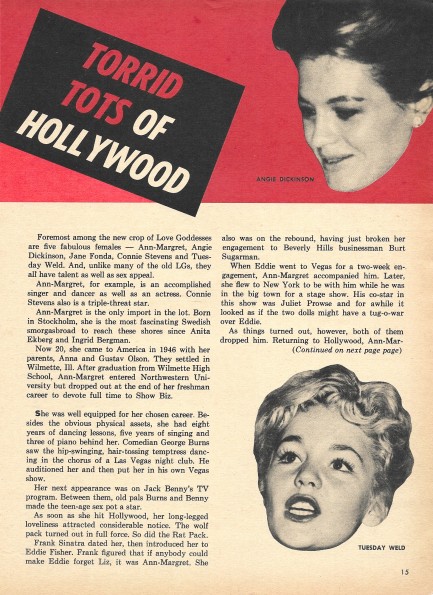
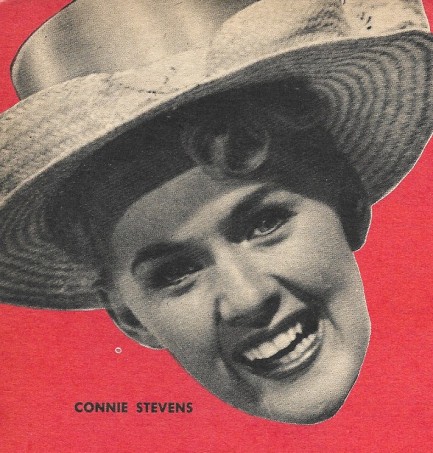
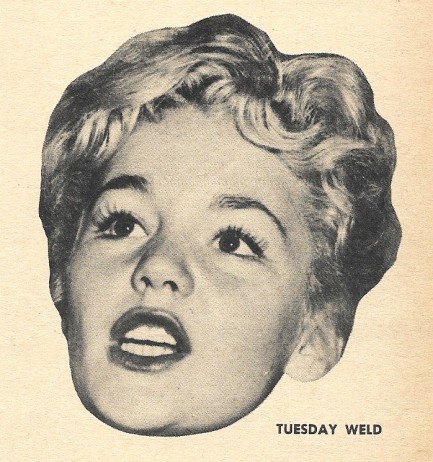
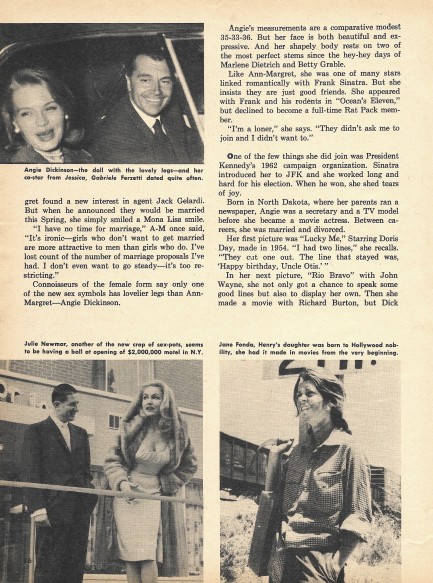
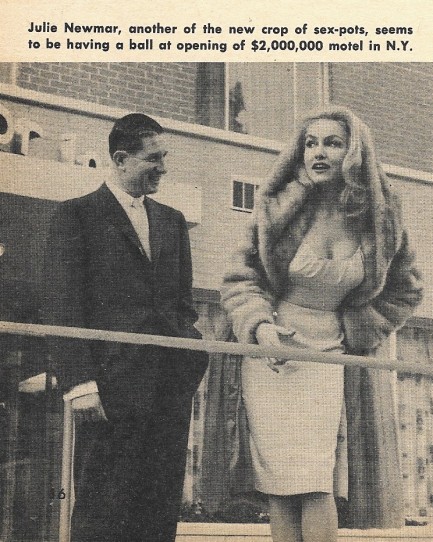
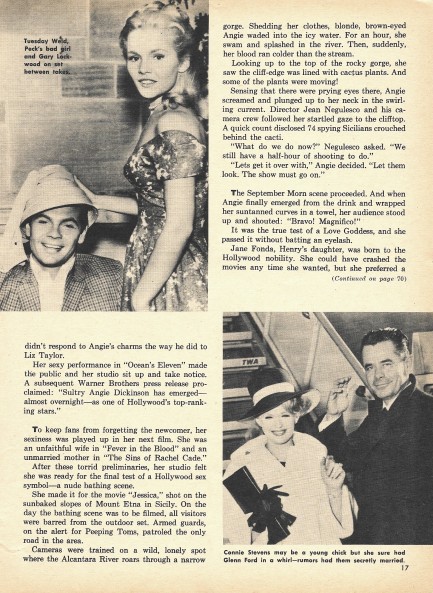
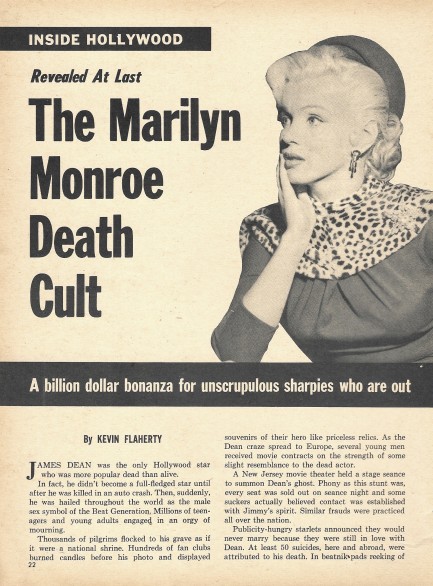


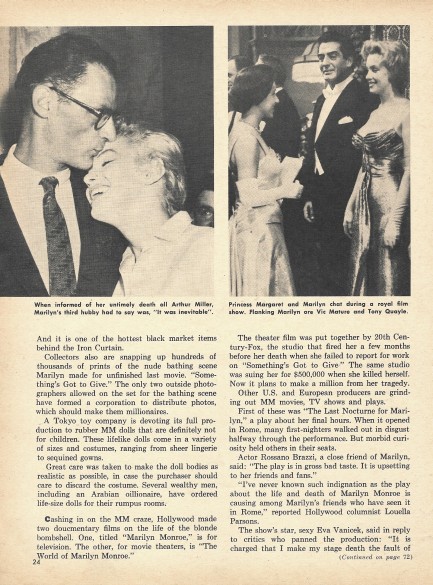

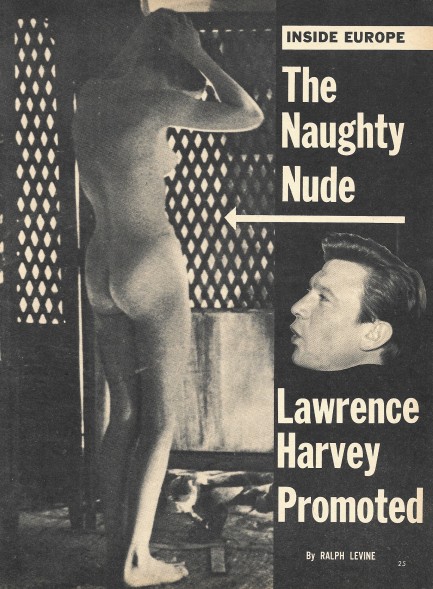
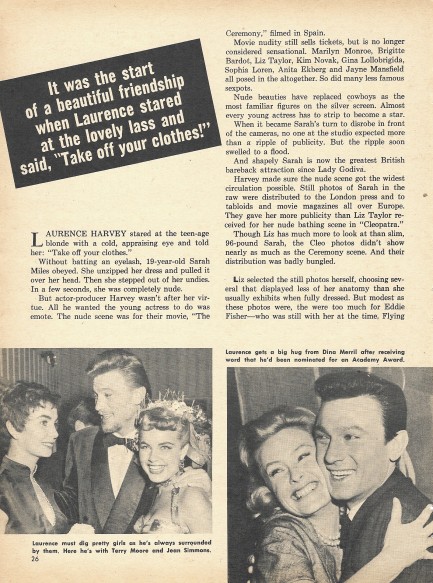
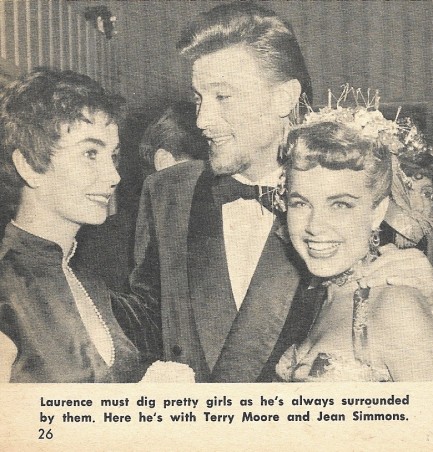
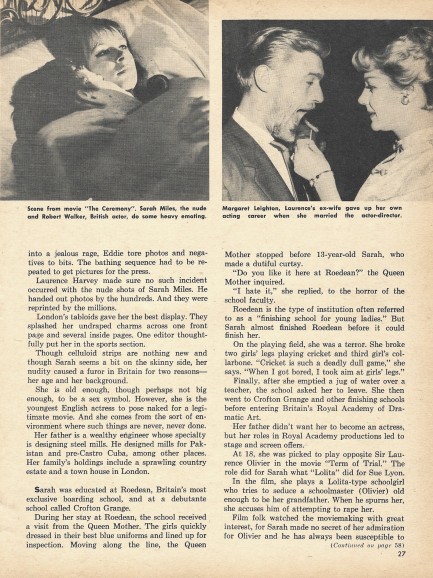
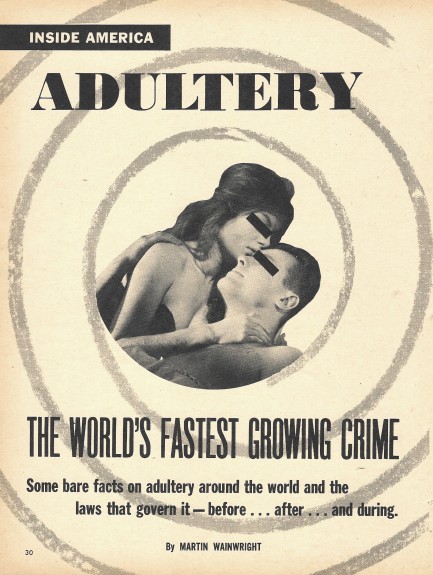
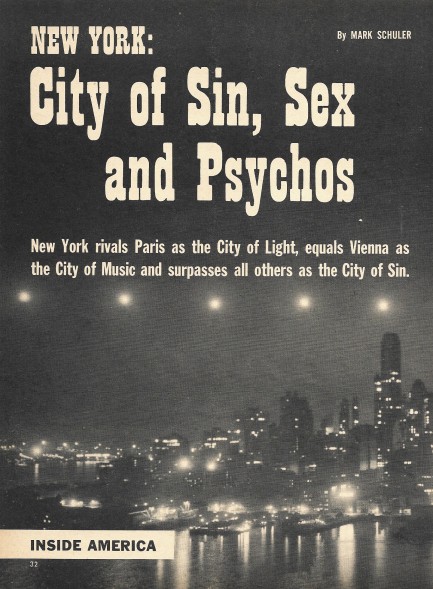
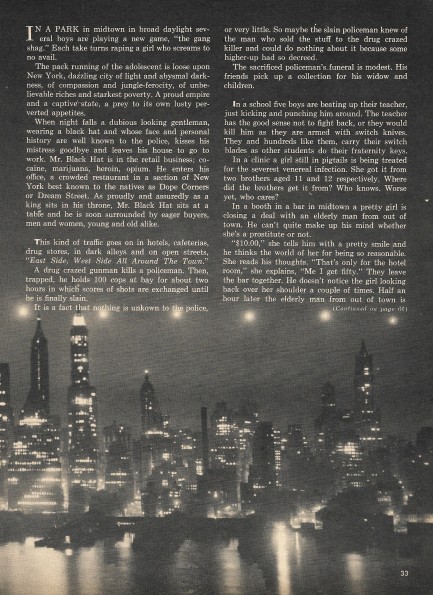
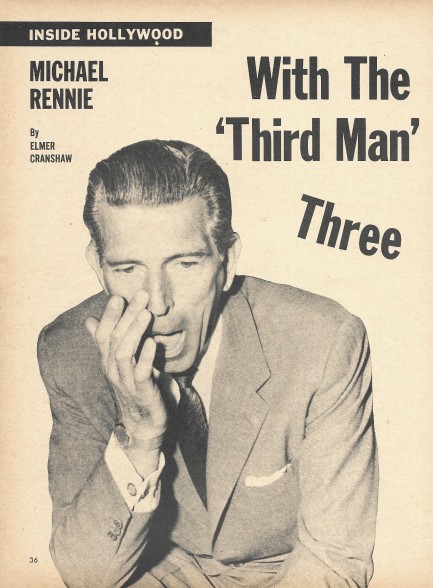
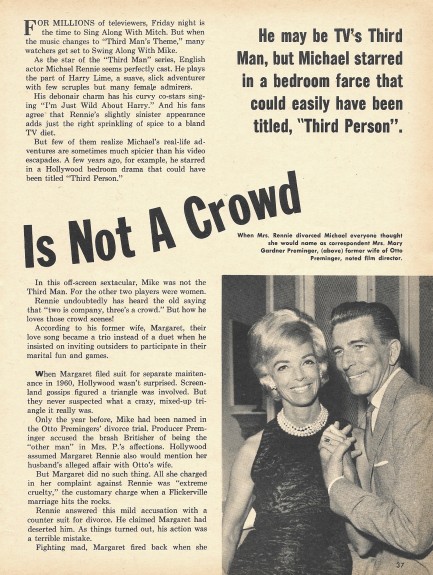
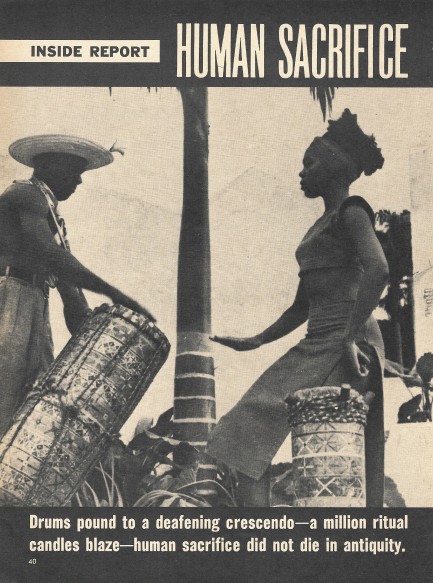
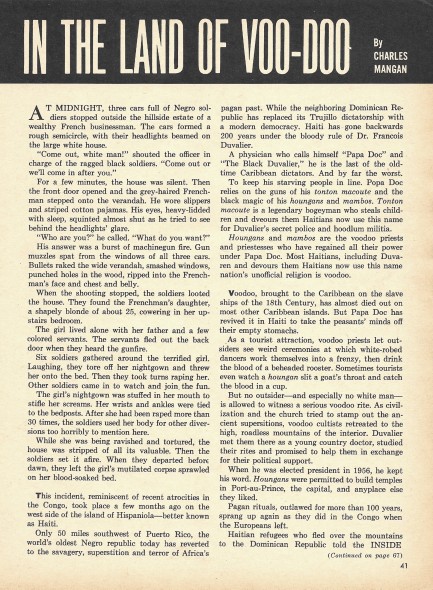
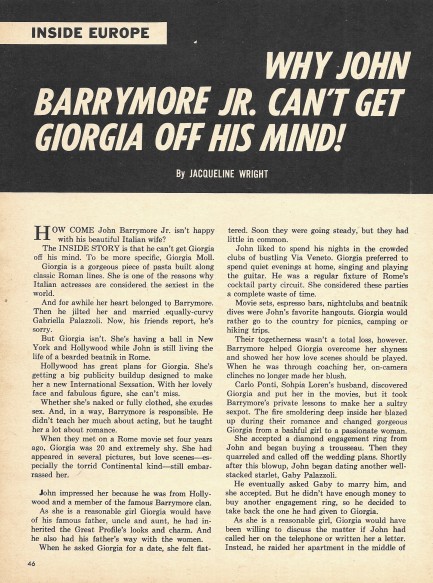
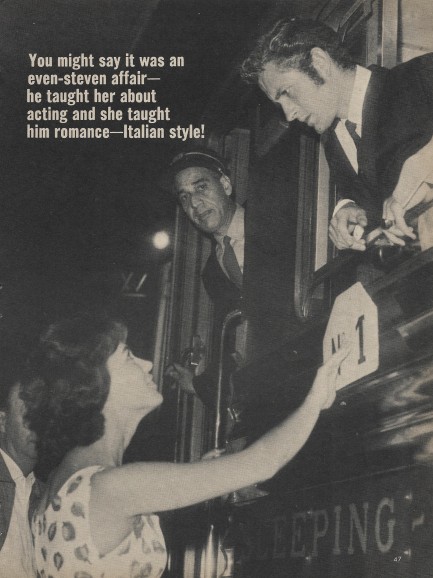
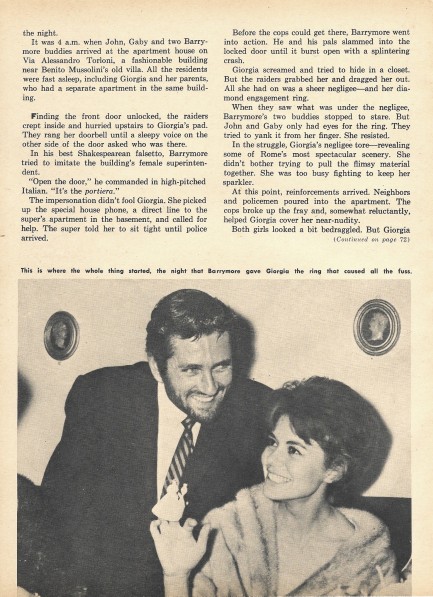
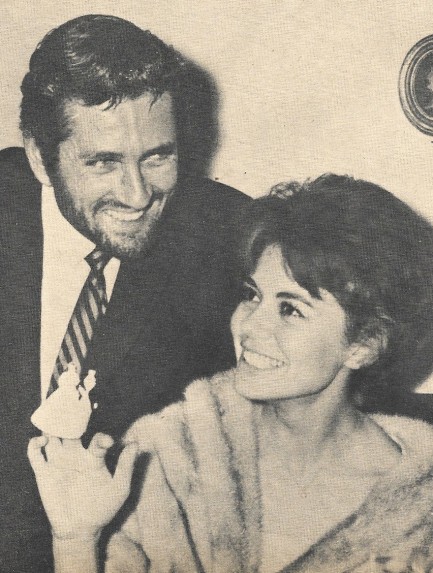
| Hollywoodland | Dec 28 2019 |

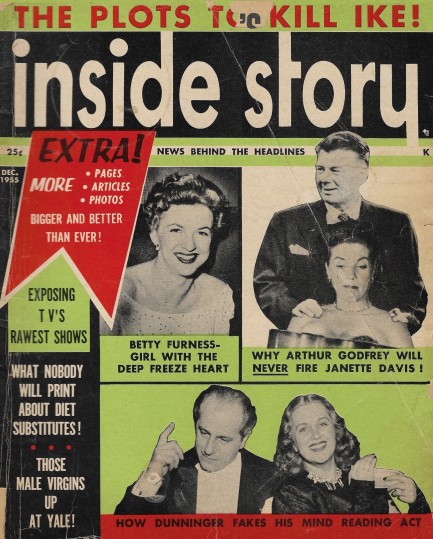
And speaking of money, a final story that caught our eye was the exposé on the record business, namely the practice of buying spins on radio. The term for this—“payola”—was coined in 1916 but not widely known until the ’50s. Inside Story helps spread the terminology with a piece about pay-for-play on national radio stations. Like the previous two stories, this one feels familiar, particularly the idea that the best music rarely makes it onto the airwaves. Those who engaged in payola understood that people generally consumed whatever was put in front of them, therefore what was the point of worrying about quality or innovation? This remains a complaint about entertainment media today, but repetition still rules. To paraphrase the famed colloquialism: If you ain't going broke, don't fix it. We have thirty-plus scans below.
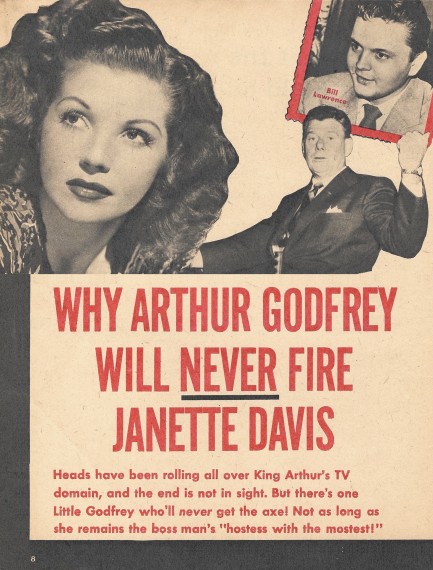
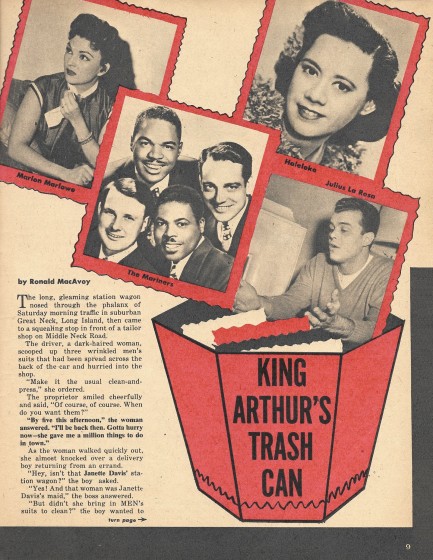
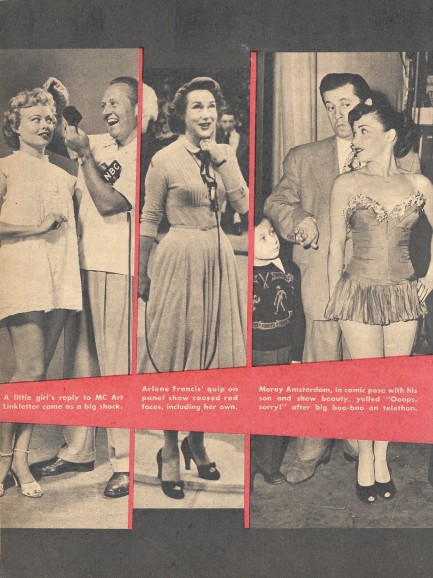

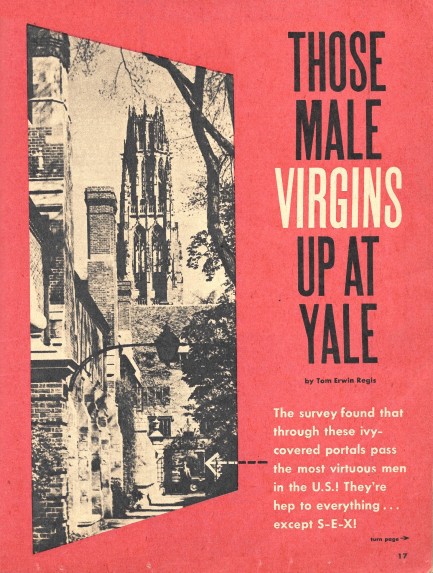
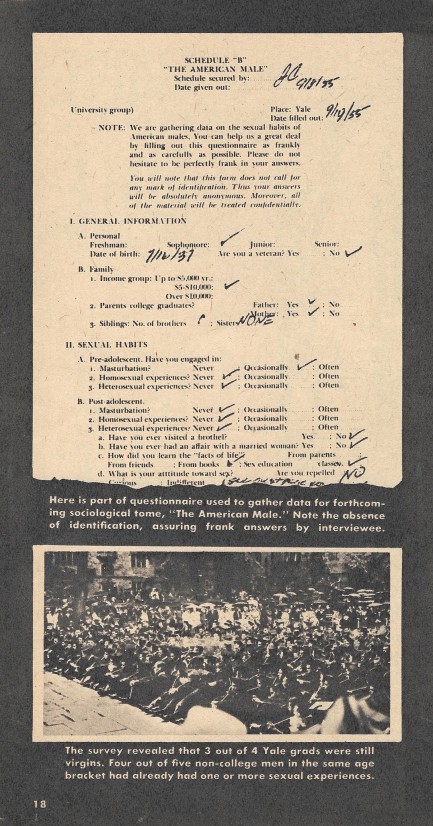
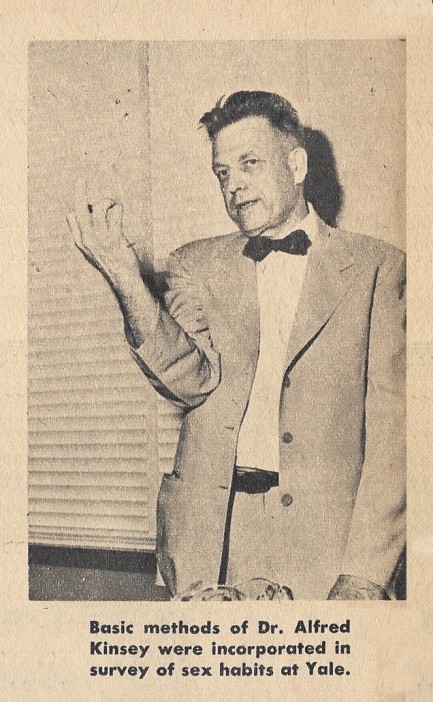
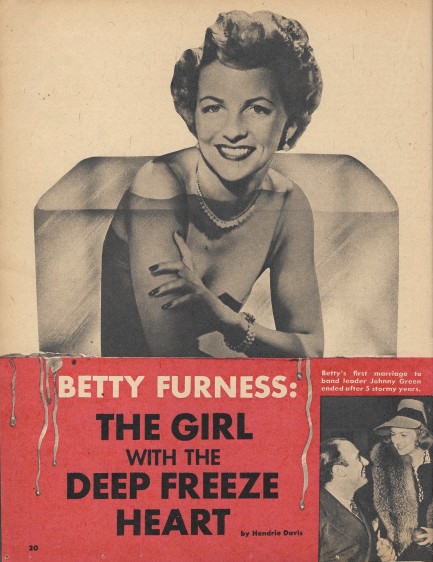
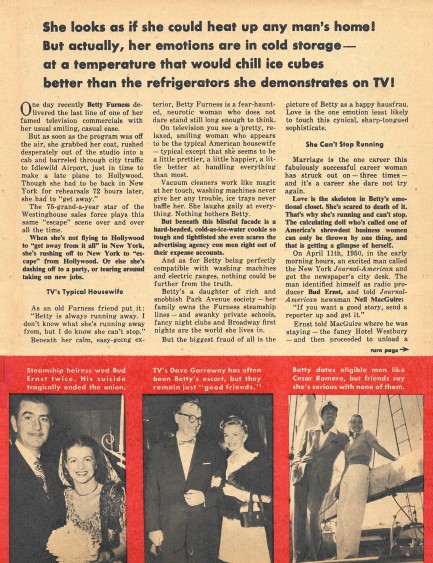

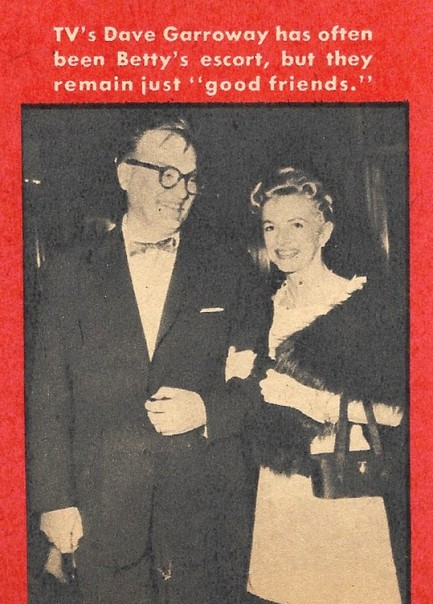
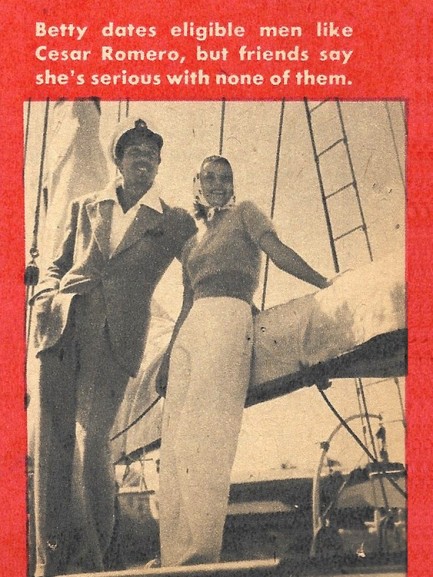
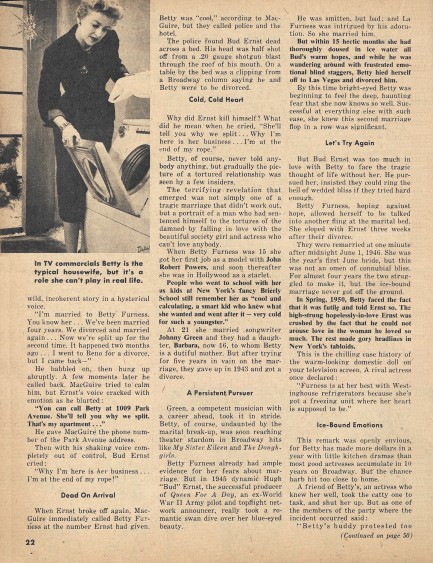
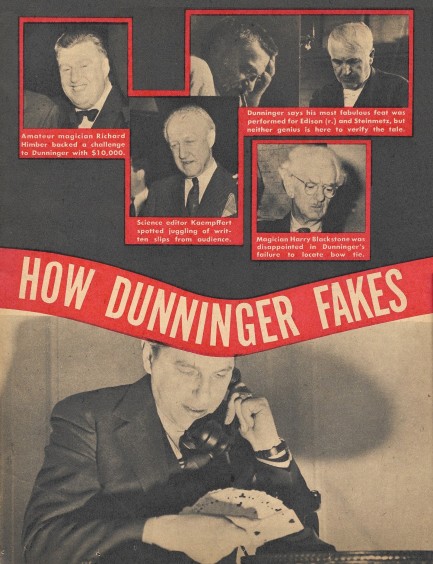
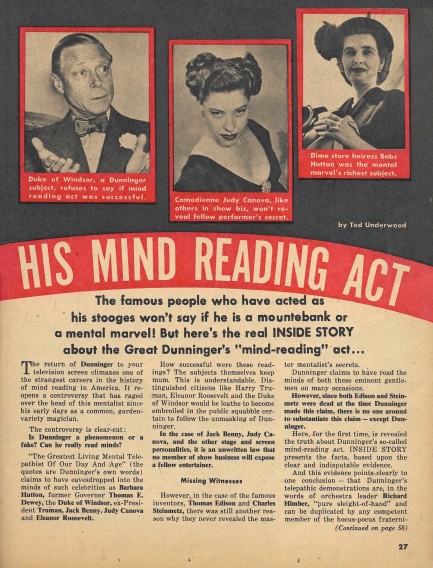
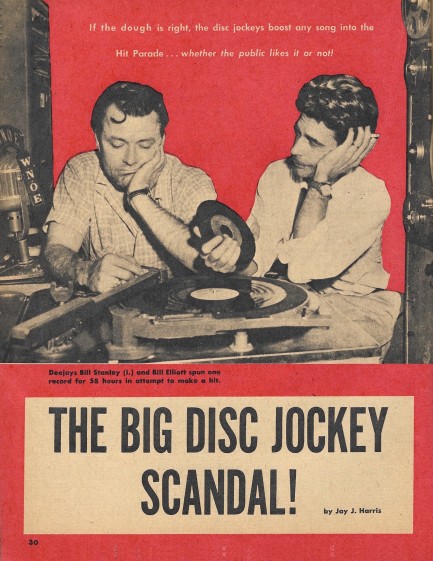
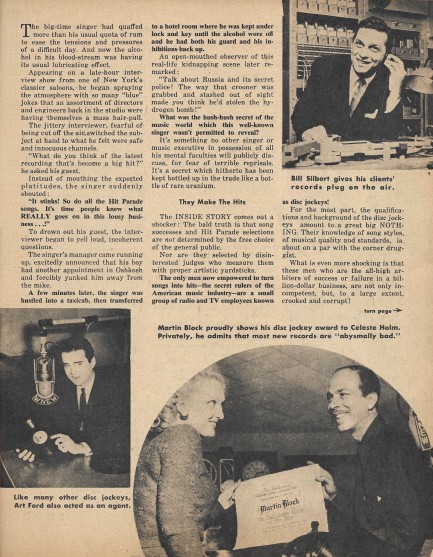
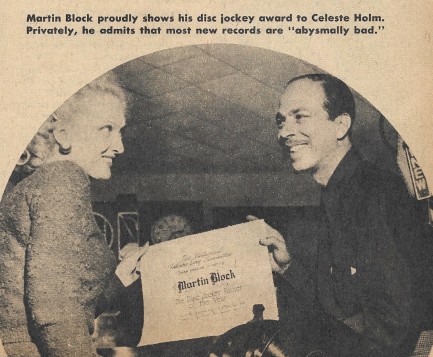
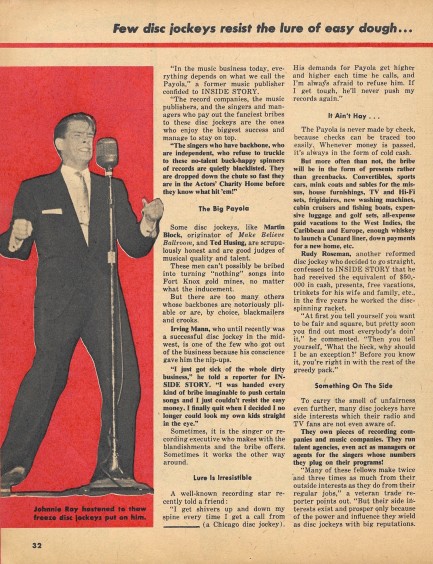
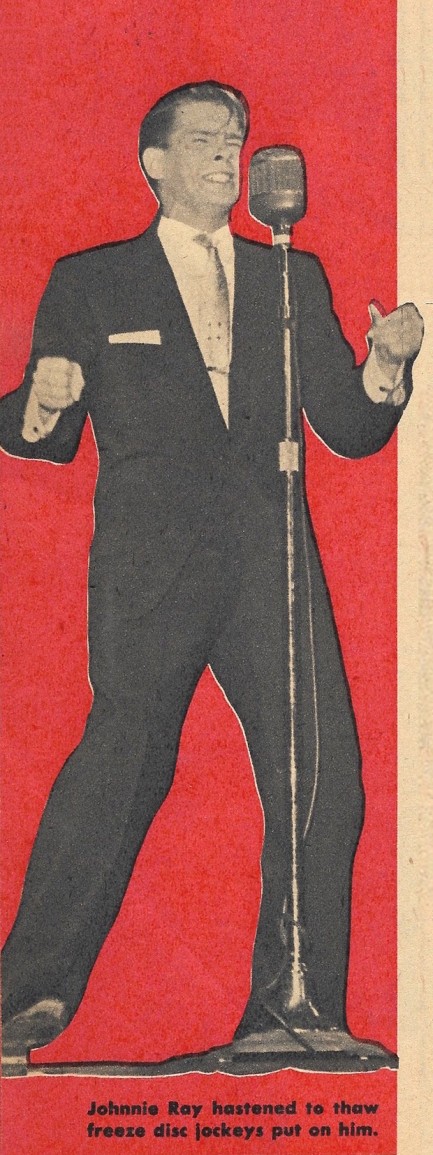
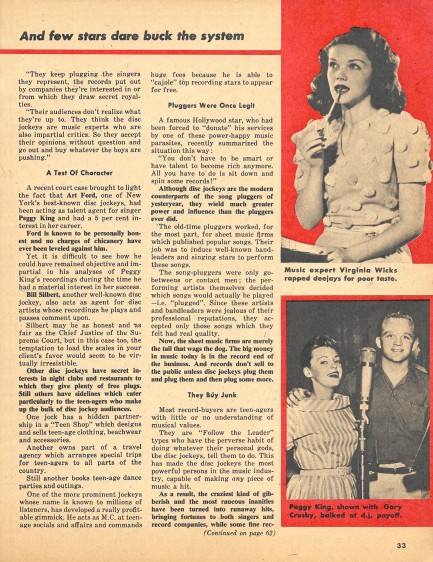

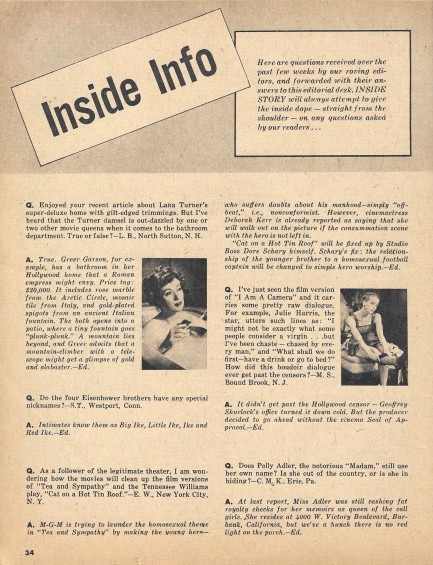
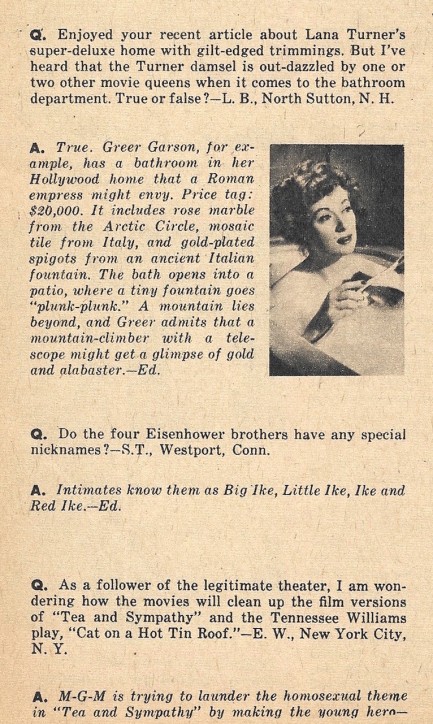
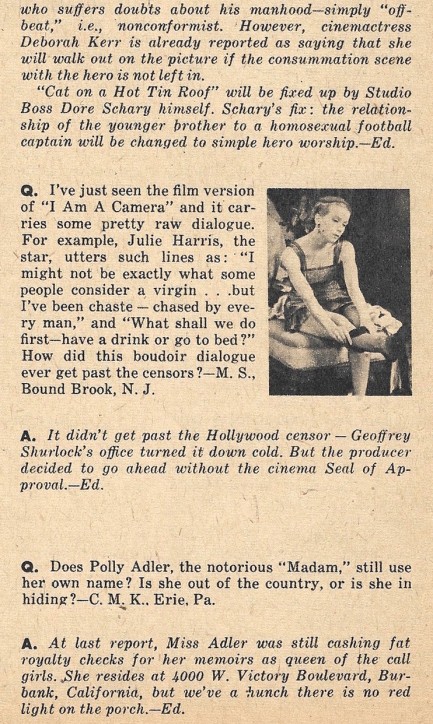
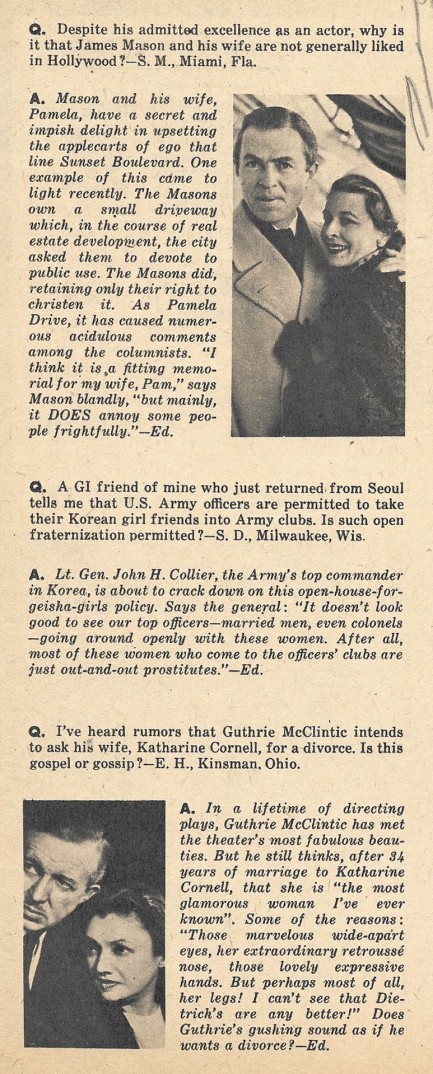

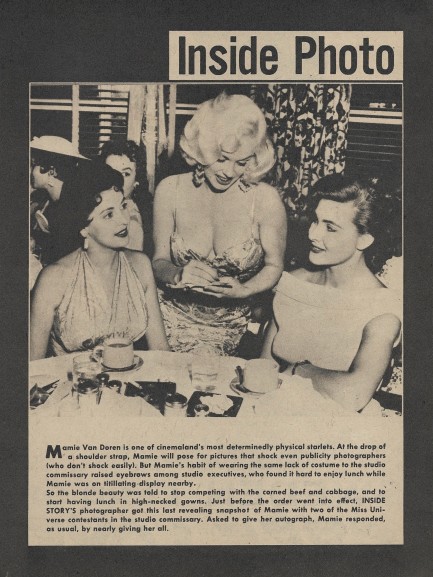
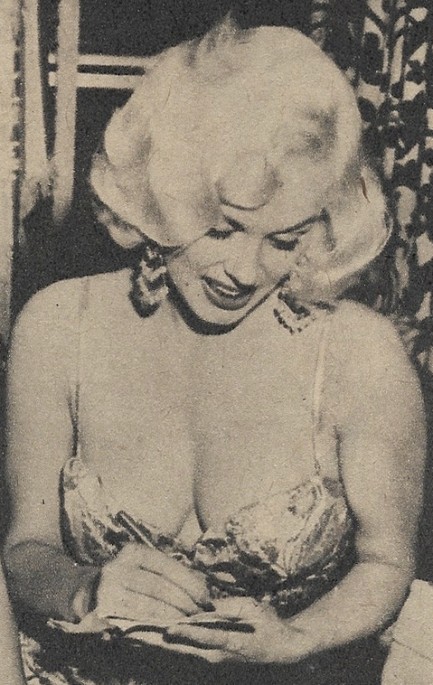
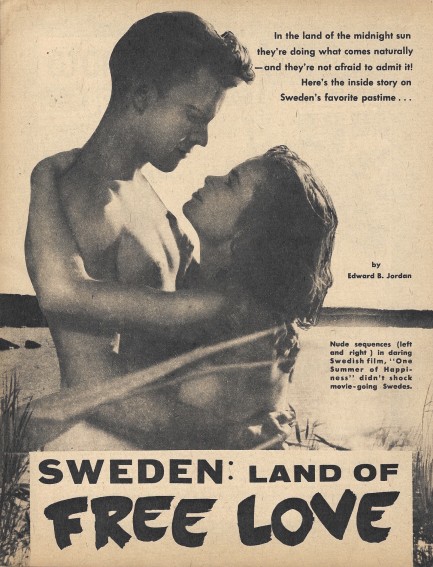
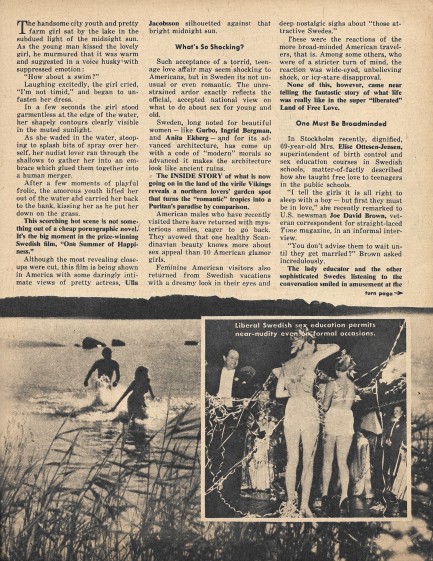
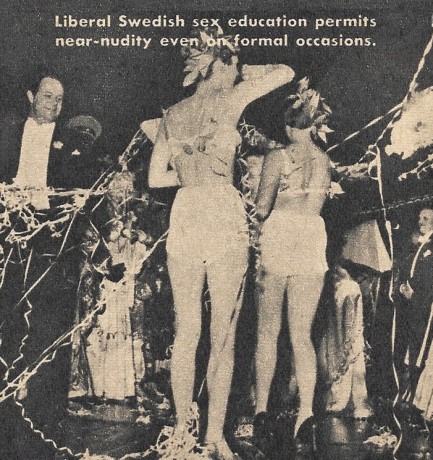
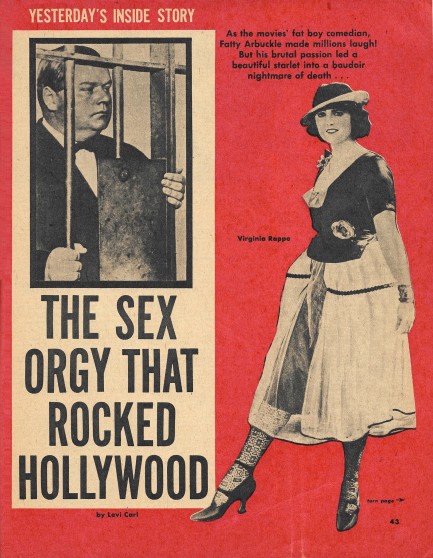
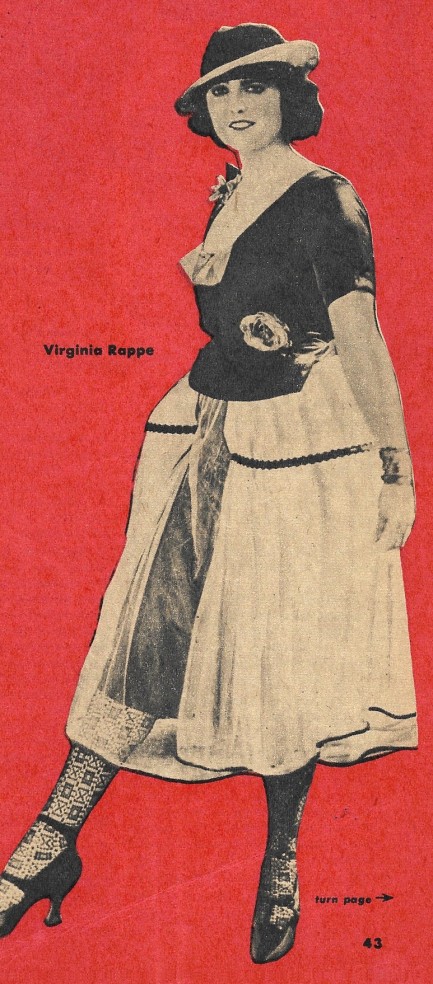
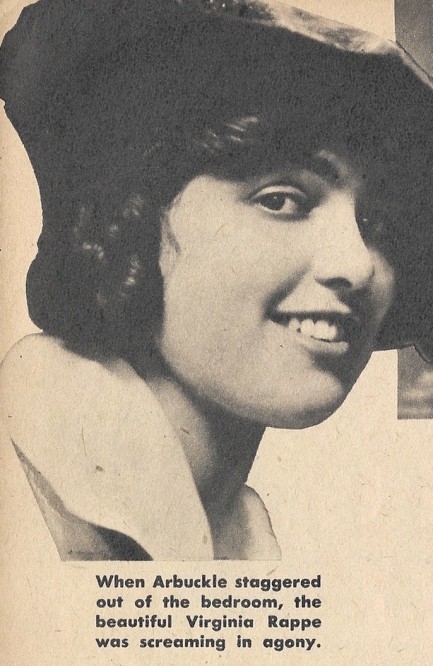
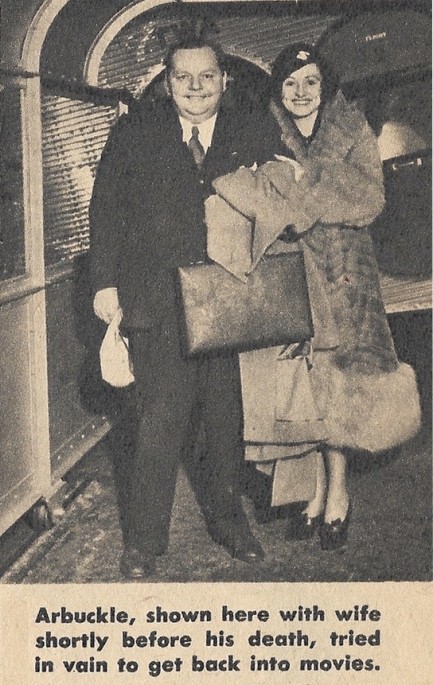
| Hollywoodland | Sportswire | Jun 19 2017 |


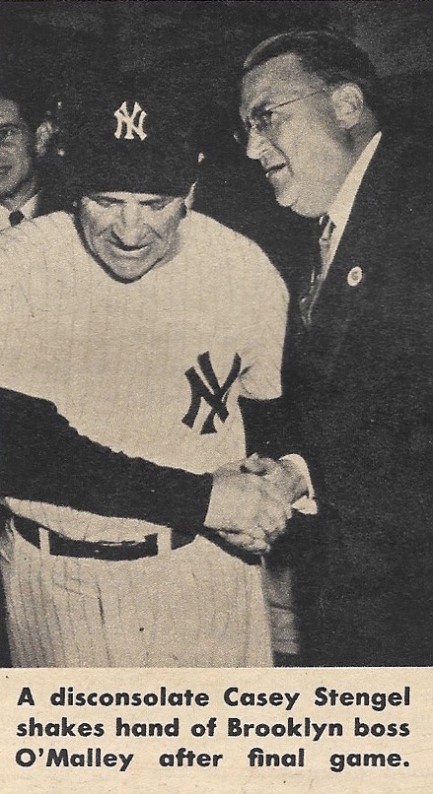 Inside Story scribe Manuel Shaw describes an allegedly typical scene: “Mickey Mantle, Phil Rizzuto, and several other Yankees were sitting around the lobby of the hotel when three lovelies from a nearby night spot showed up. Since the cuties were entertainers familiar to one or two of the players, and were rabid Yankees boosters, it was not remarkable that they were soon in animated conversation with the group, which shortly adjourned from the lobby to an upstairs suite.”
Inside Story scribe Manuel Shaw describes an allegedly typical scene: “Mickey Mantle, Phil Rizzuto, and several other Yankees were sitting around the lobby of the hotel when three lovelies from a nearby night spot showed up. Since the cuties were entertainers familiar to one or two of the players, and were rabid Yankees boosters, it was not remarkable that they were soon in animated conversation with the group, which shortly adjourned from the lobby to an upstairs suite.”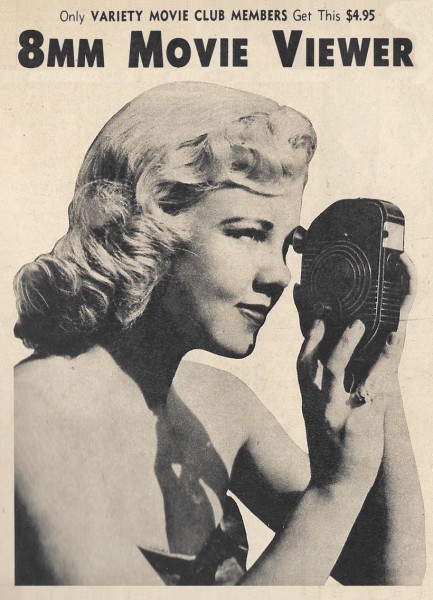
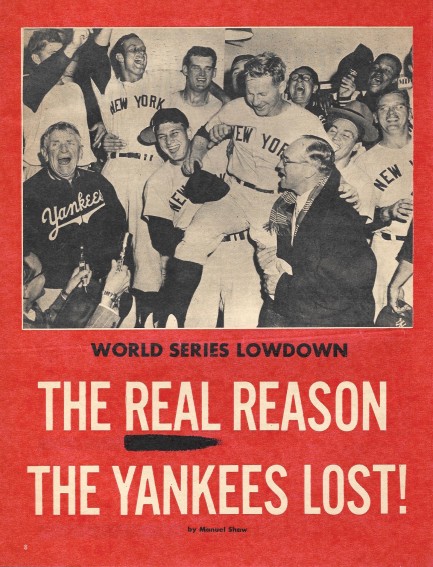
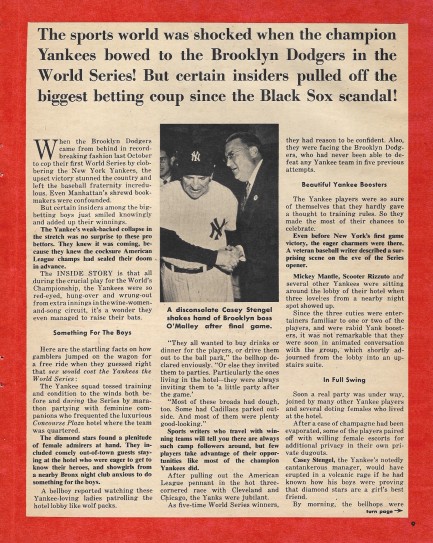
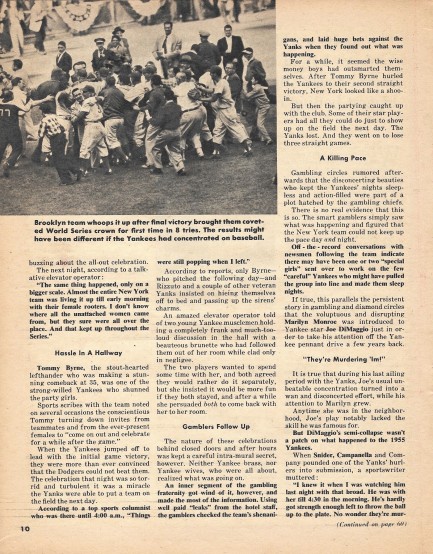
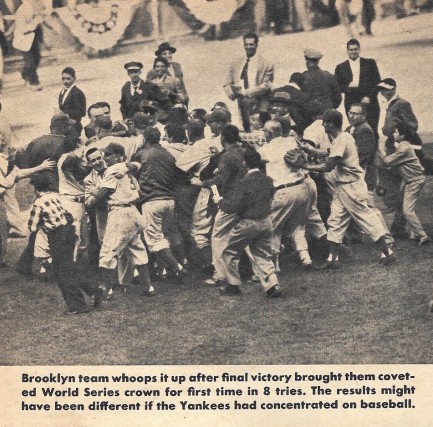
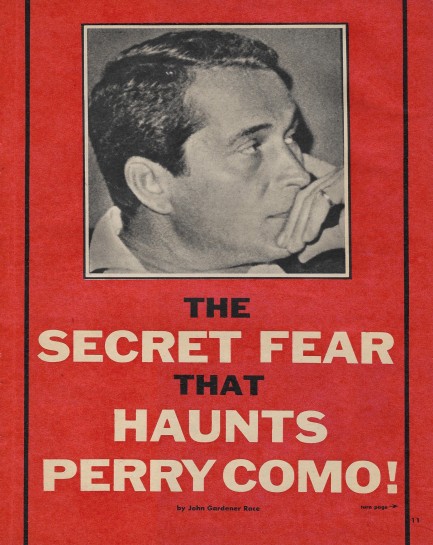
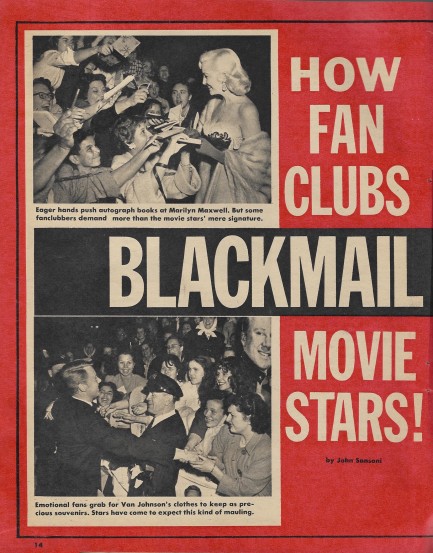
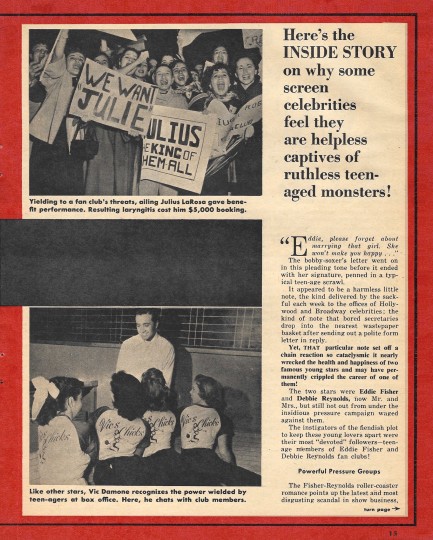
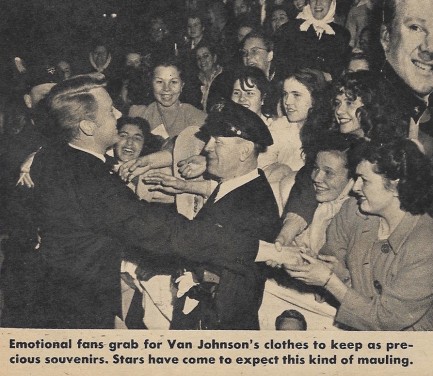
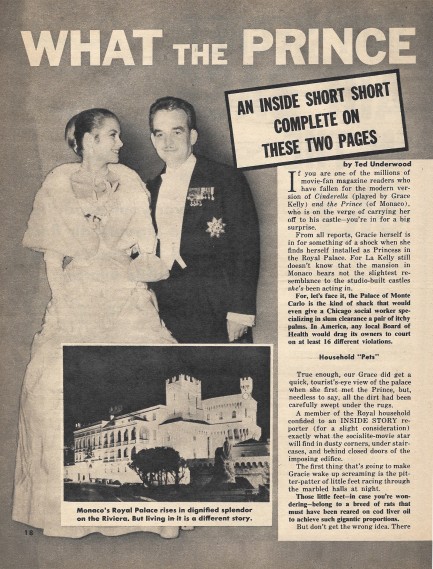


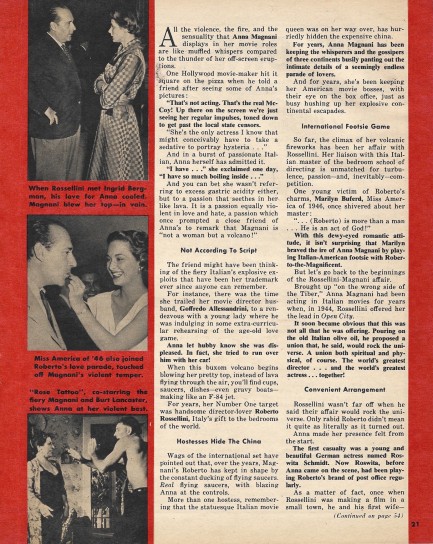


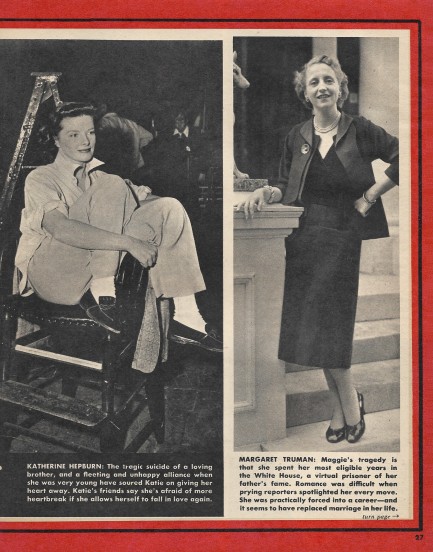
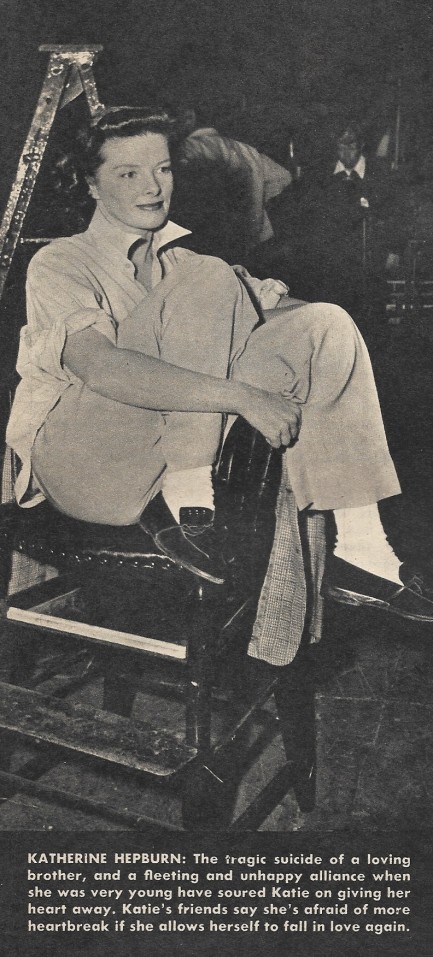
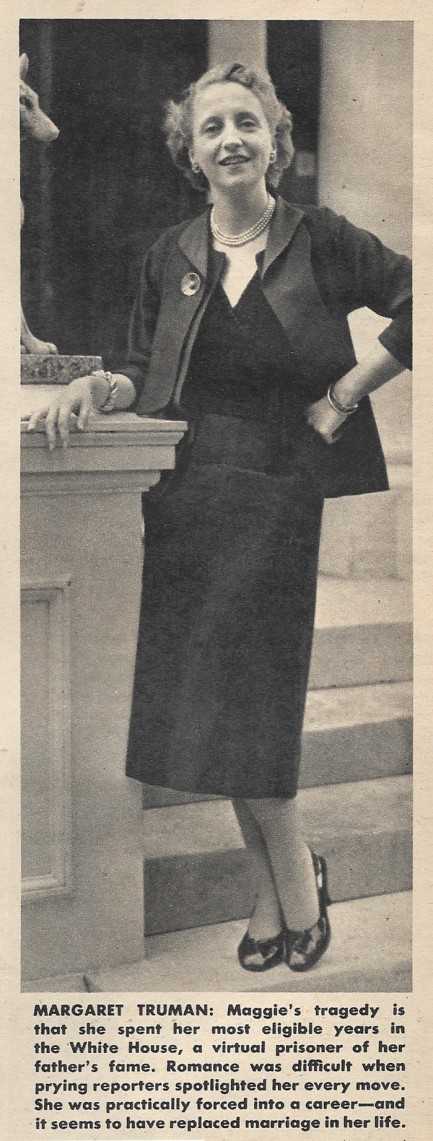
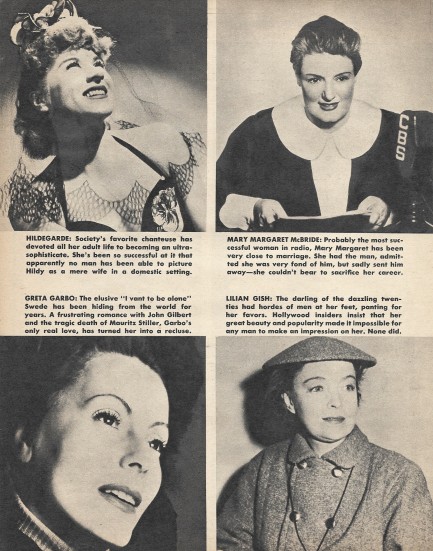
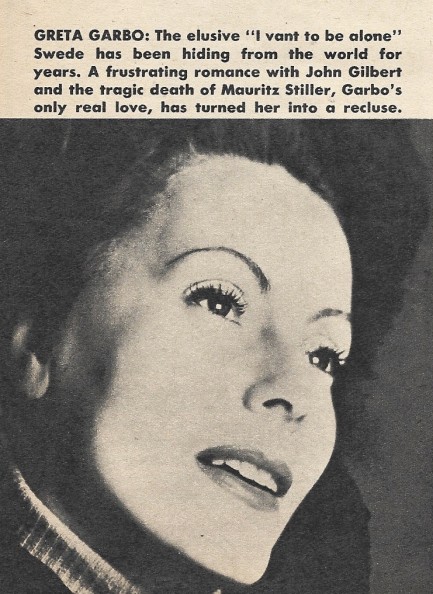
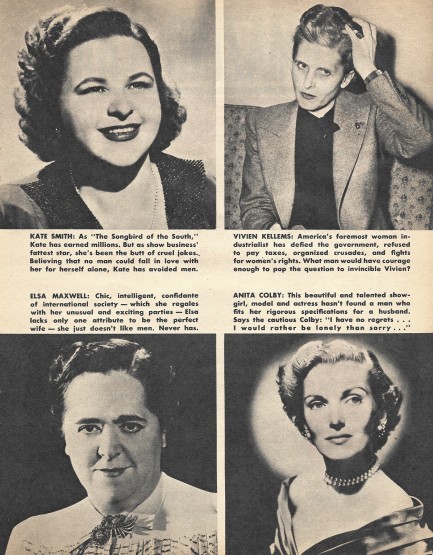
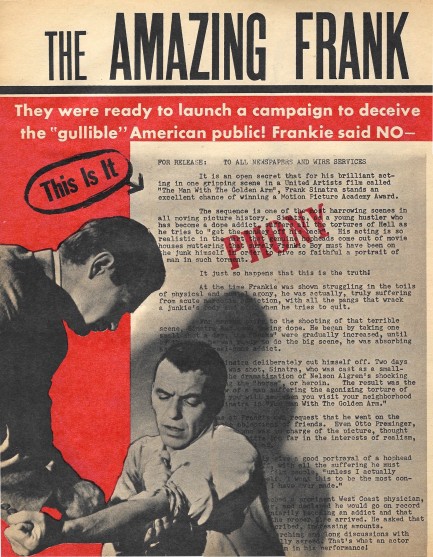
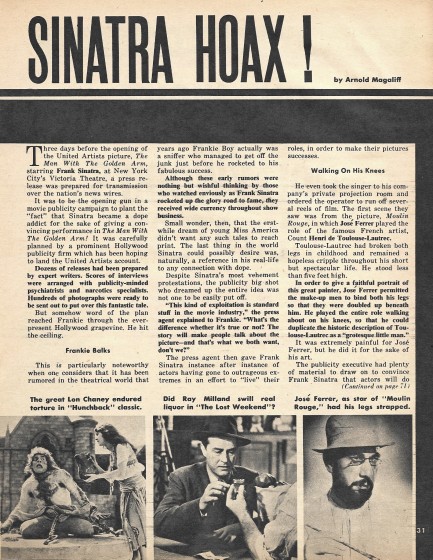
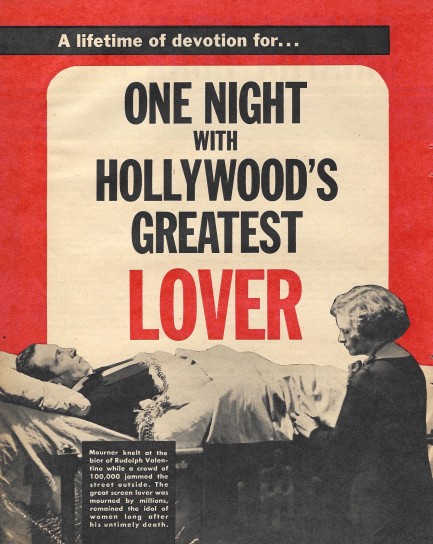
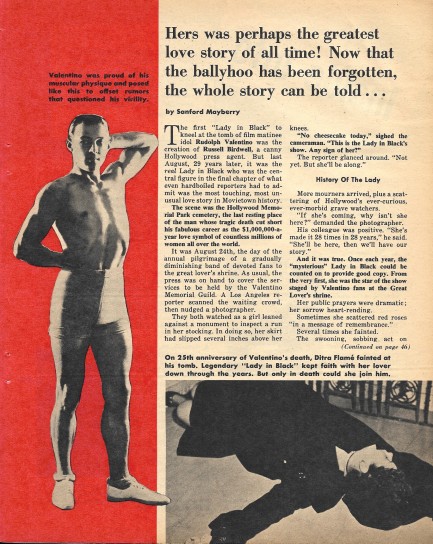

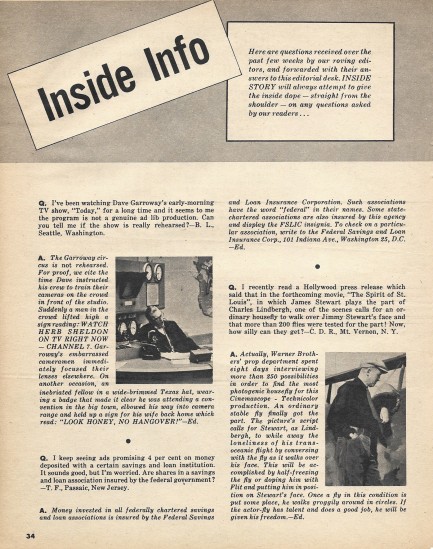
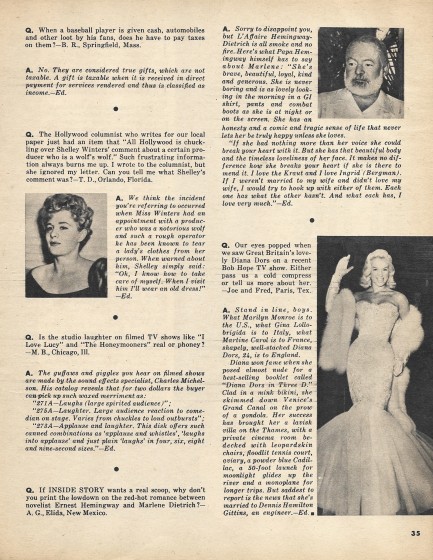
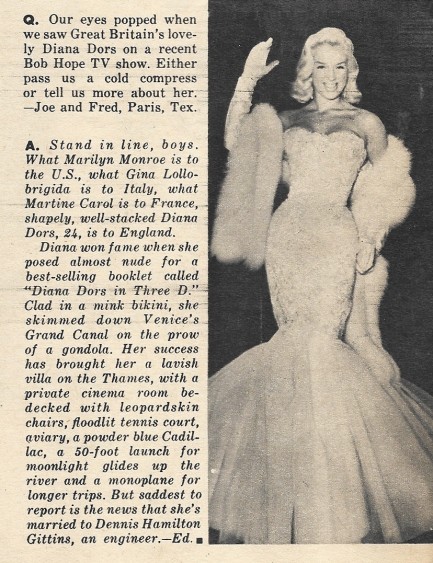
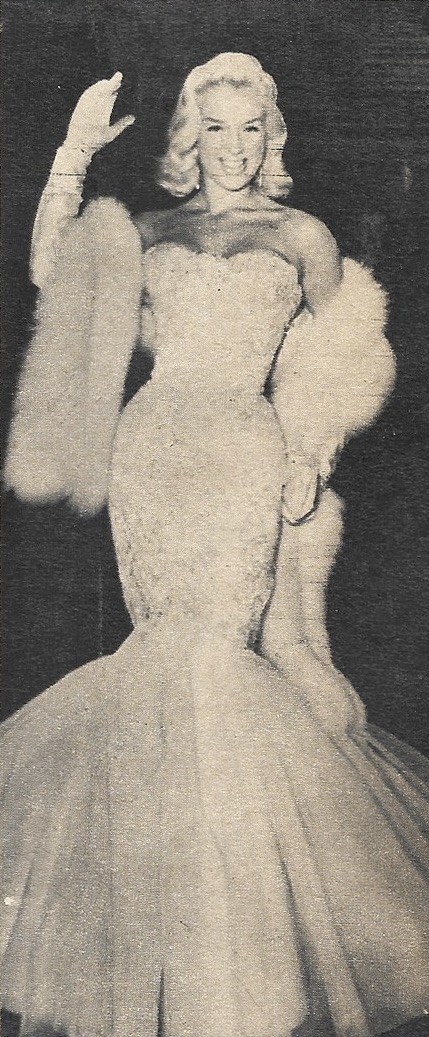
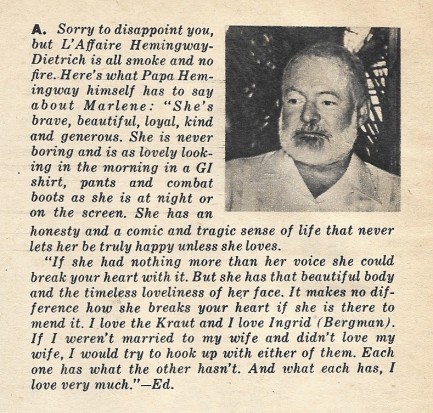
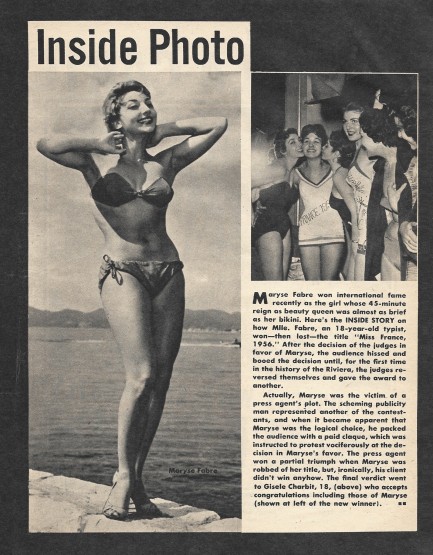
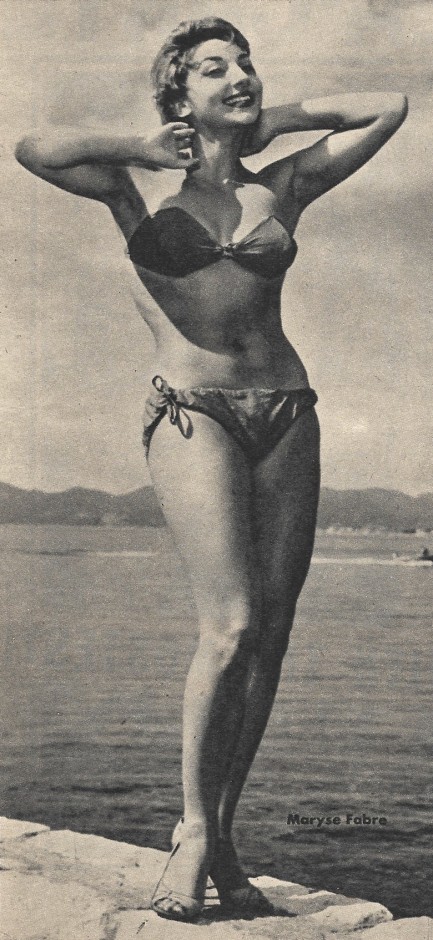

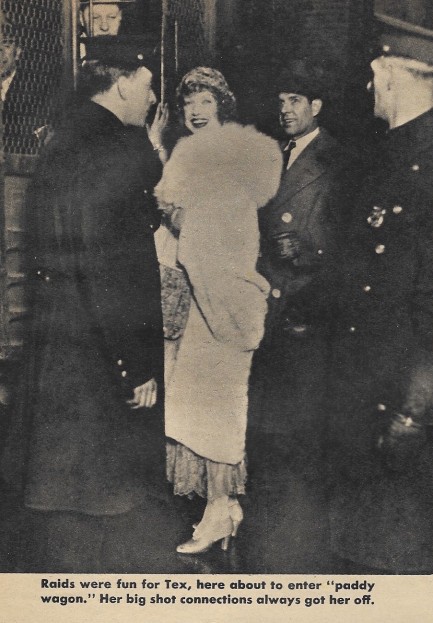
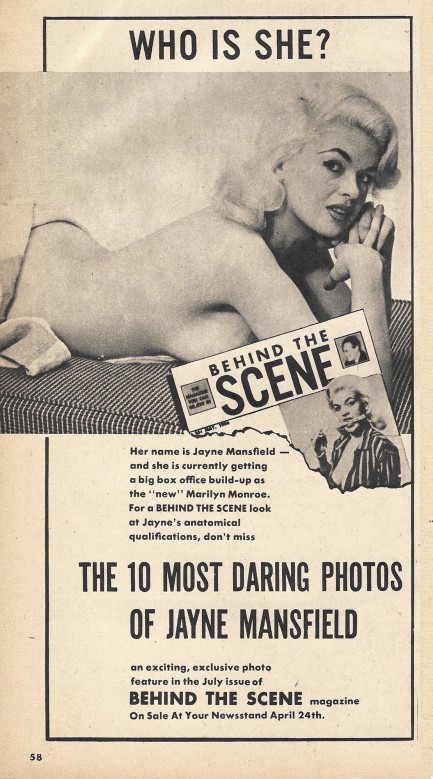
| Intl. Notebook | Nov 9 2015 |

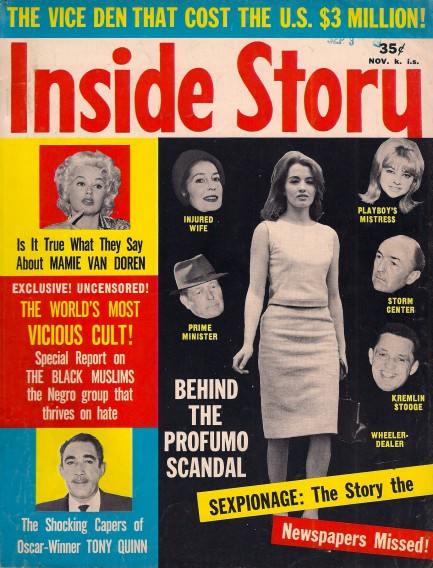
This Inside Story from November 1963 features cover star Christine Keeler and the people in her life, while the left of the page has insets with Mamie Van Doren and Anthony Quinn. We’ve covered Keeler. Hers was one of the most flogged scandals of the 1960s, and Inside Story editors are well aware of that, which is why they claim to have new information. But it’s nothing new—just rehash on Keeler, a background on Czech call girl Maria Stella Novotny, who was well known by this time as one of Keeler’s colleagues, and standard red scare stuff about motel rooms set up with microphones and two-way mirrors. We will get back to Novotny, however—her tale offers some interesting twists and turns.
Inside Story shares stories about Mamie Van Doren, Jackie Gleason, Peter O’Toole, Ava Gardner and a nervous tailor who measured her for a suit, and how perfume makes men go wild. Editors also decry the injustice of a Harlem restaurant refusing to serve a white woman—this, mind you, during an era when literally hundreds of thousands of U.S. enclaves, from restaurants to schools to country clubs to sectors of the military, were whites-only. False equivalence, thy name is Inside Story. But interestingly, a subsequent piece about the world’s sexiest nightclubs tells readers chic Harlem bars are frequented by white Hollywood stars. And so it goes…
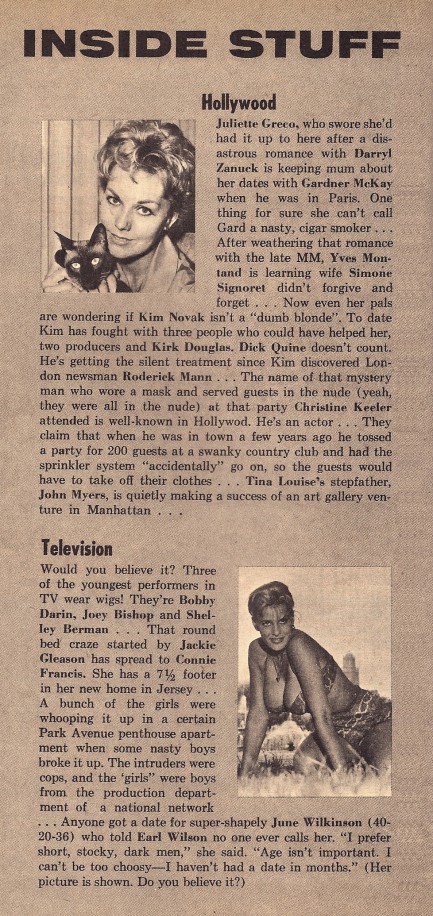
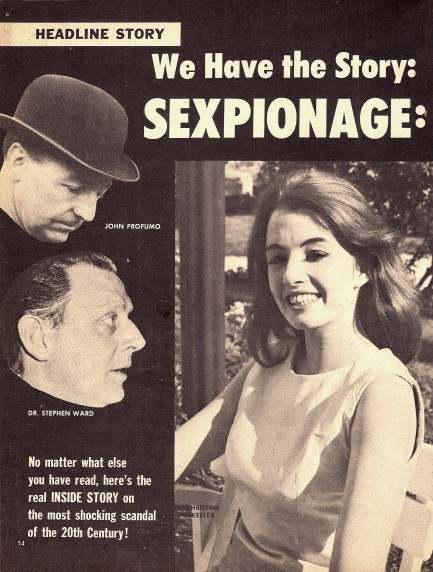
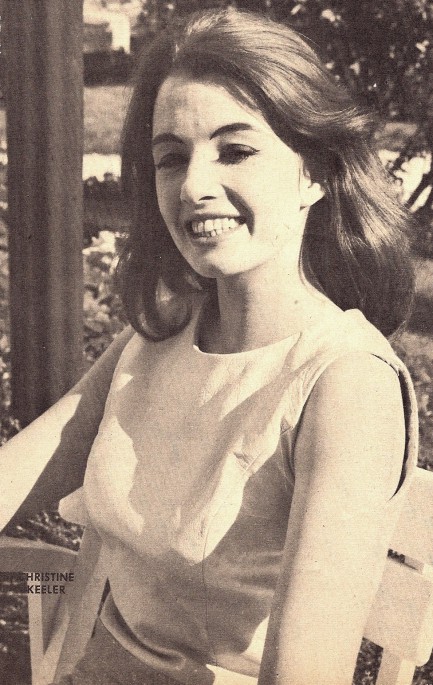
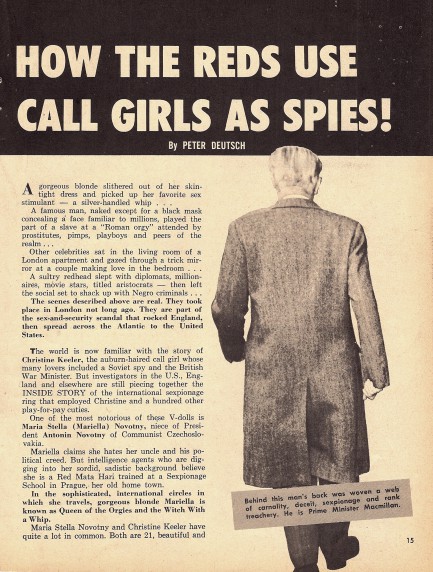
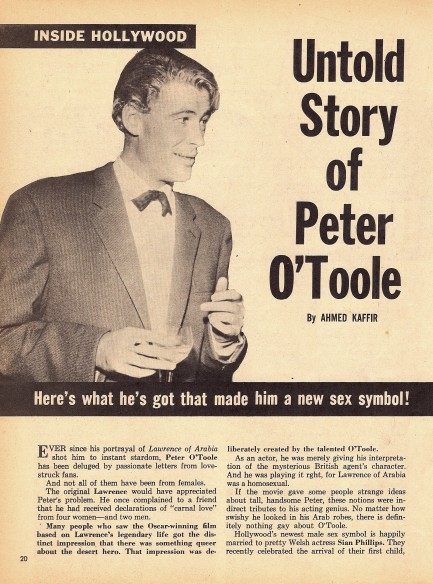
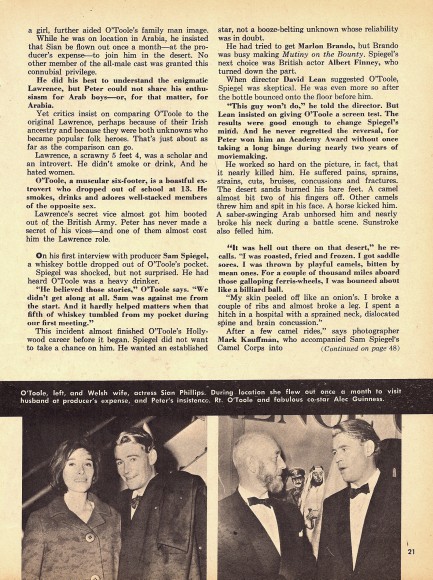
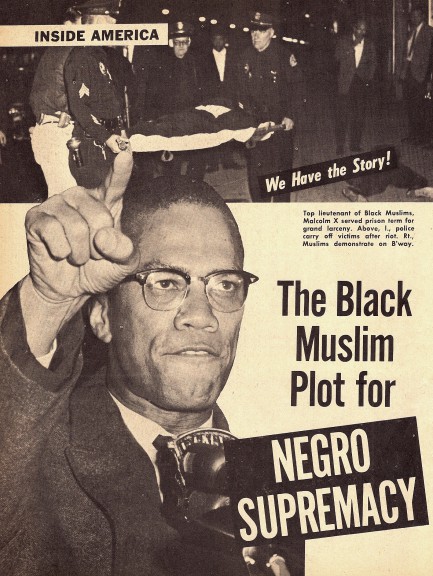
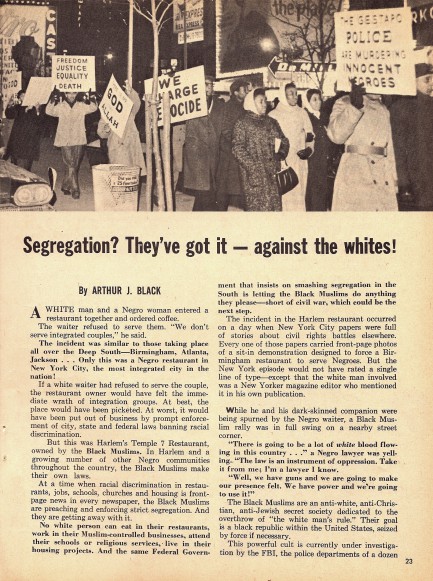
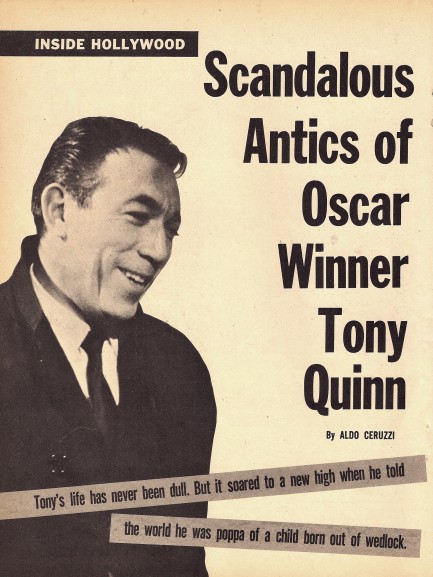

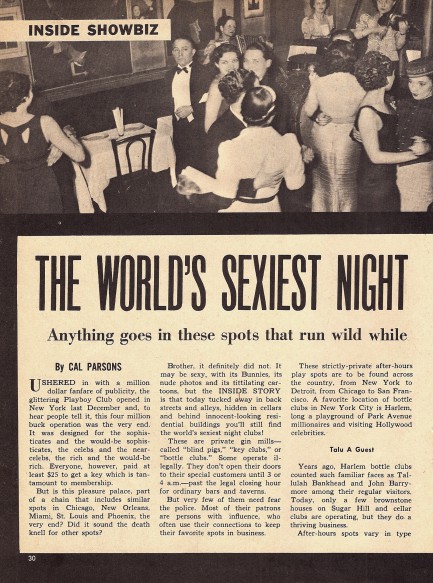
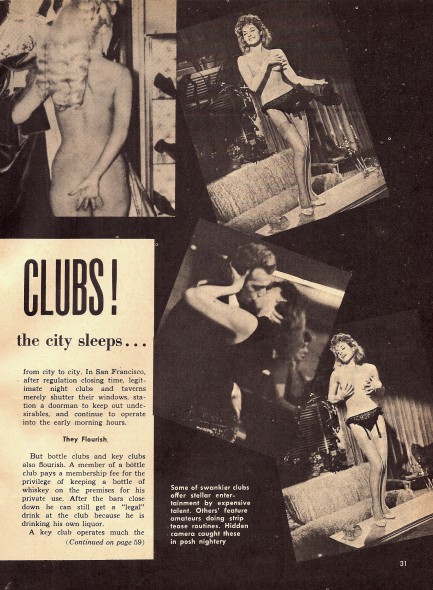
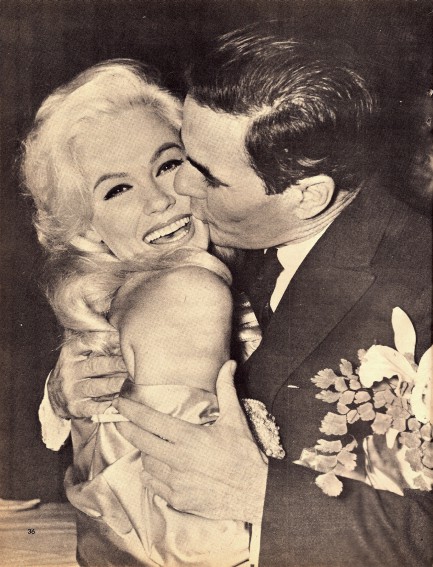
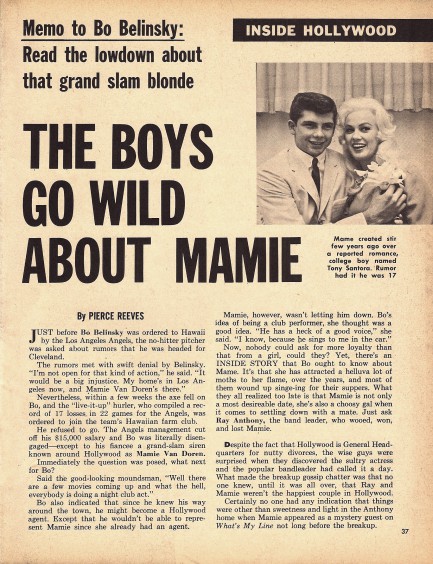
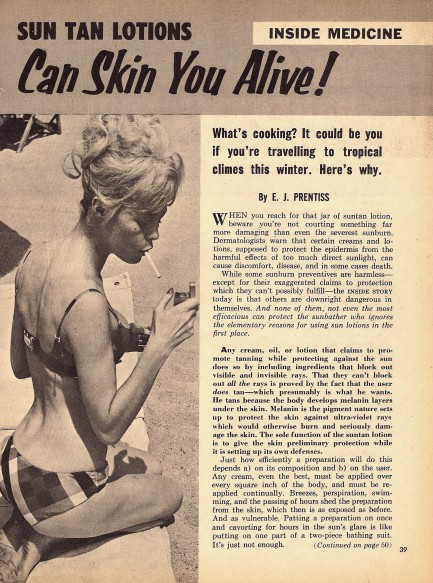
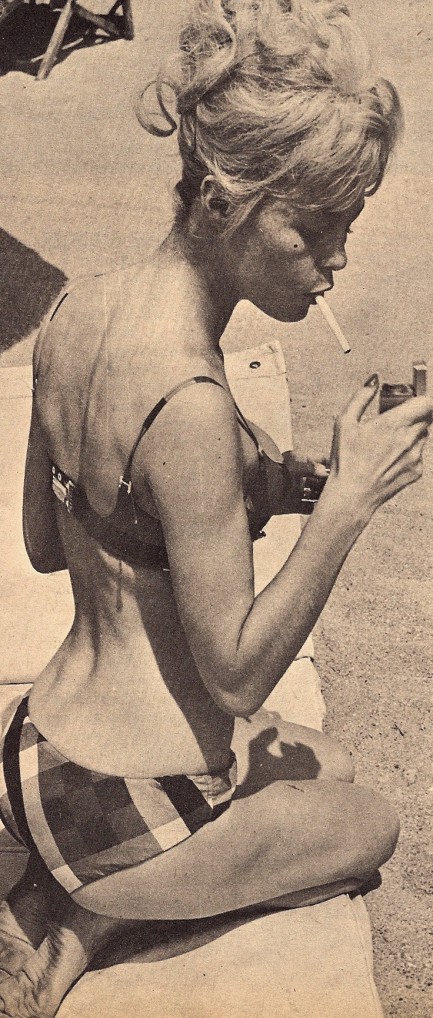
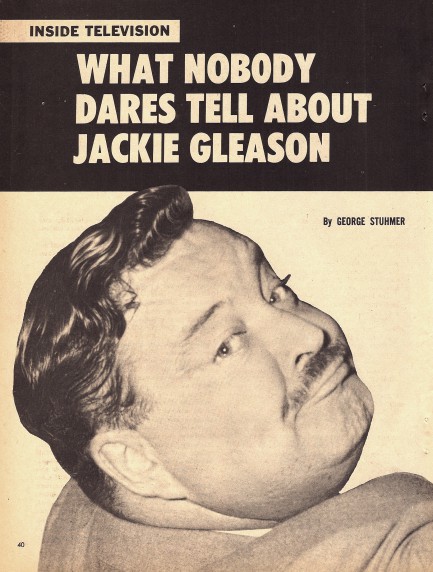
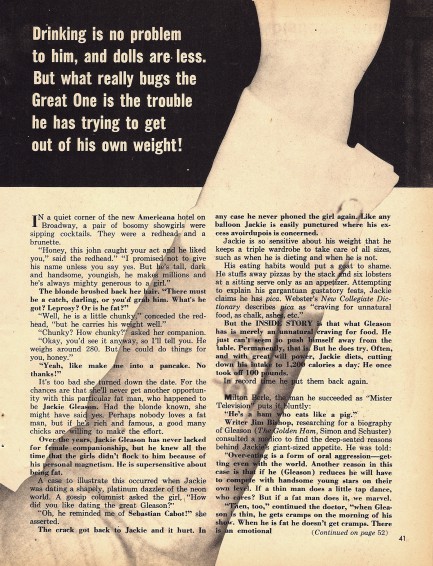

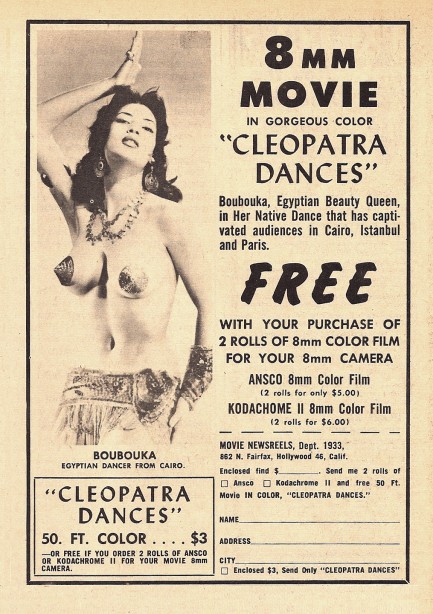
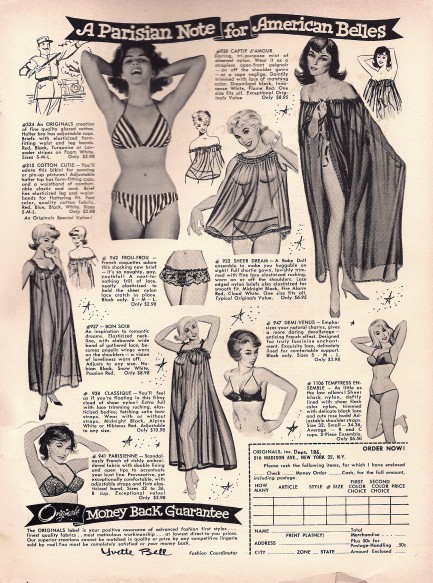
| Hollywoodland | Aug 26 2012 |

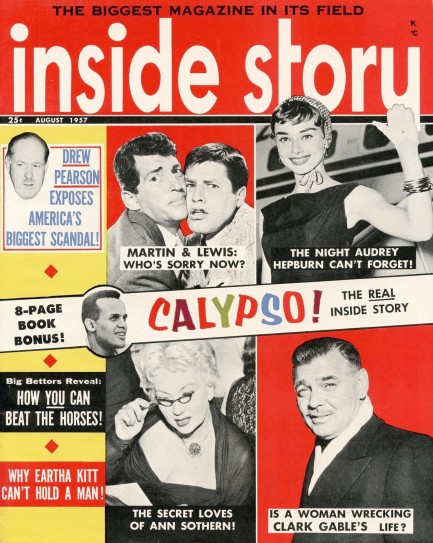
Inside Story of August 1957 offers up stories on Elsa Martinelli, Ann Sothern, Clark Gable and others, but the subhead reading “The Night Audrey Hepburn Can’t Forget” is irresistible. So what happened on the night in question? Nothing fun, unfortunately. Fully expecting to read about some wild party or drunken escapade, journo Gwen Ferguson instead tells us that in 1942, when Hepburn was a Dutch teen named Audrey Kathleen Ruston, she was “brutally kidnapped and subjected to terrible indignities” by a Nazi soldier. As is typical for mid-century tabloids, this claim comes not from direct interviews, but rather from a fly-on-the-wall third person account. In this case, the magazine claims she confessed what happened to prospective husband Mel Ferrer, pictured next to her below, because she wanted him to have a chance to rescind his marriage proposal. The implication is clear—“indignities” is a euphemism for rape. Or else why would Ferguson suggest Ferrer might turn tail and run?
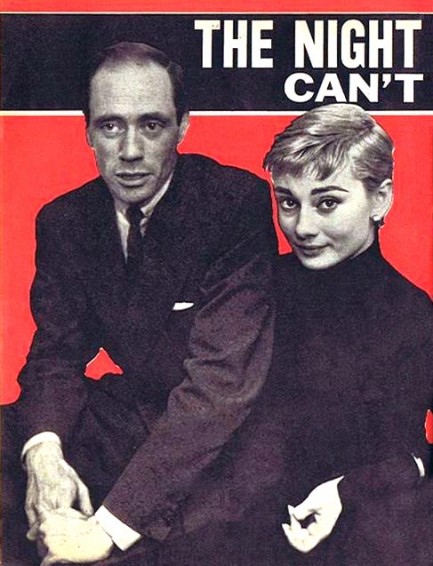
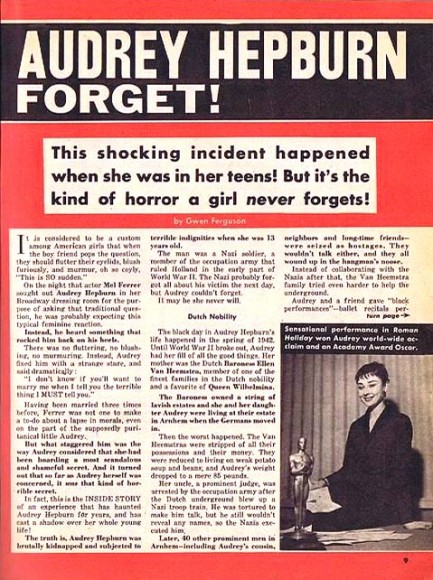
| Hollywoodland | Feb 10 2012 |

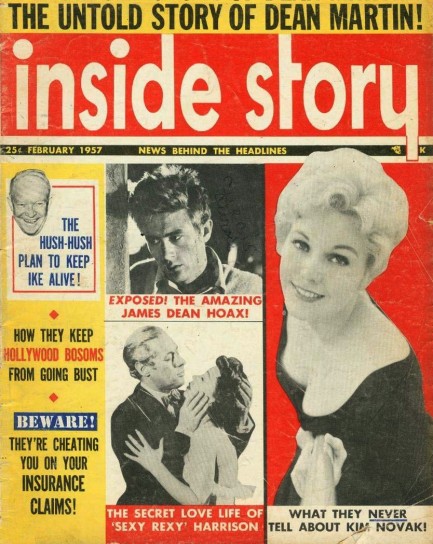
Last time we featured Inside Story, we took a detailed look at the contents, concluded that there was good reason it was a strictly blah tabloid, and decided not to buy it again. But that doesn’t mean we can’t cull them from online, so today we have this February 1957 cover that promises to expose “the amazing James Dean hoax.” Make sure you’re sitting down when you read this. The globe-spanning conspiracy Inside Story uncovered is simply that Dean’s posthumous spike in popularity wasn’t entirely due to sincere outpourings of appreciation by fans, but also because of a deliberate, behind-the-scenes publicity campaign by Warner Bros., who had produced his last movie Giant. Warners had decided that, after dropping $5 million on production, they needed a major publicity angle to have any hope of recouping their investment in a movie whose star had been dead a year and a month. The money quote: “Unfortunately, Dean, living again only for the profits of the movie-makers, will never see a dime of that increased gross…” Well, no, because death will tend to put a crimp in one’s personal finances. At least Inside Story published a nice photo, from East of Eden, below. We have two more issues, with lots of scans, and you can see those here and here.
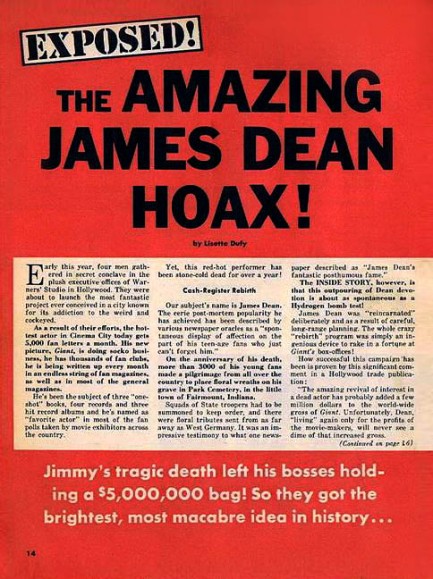
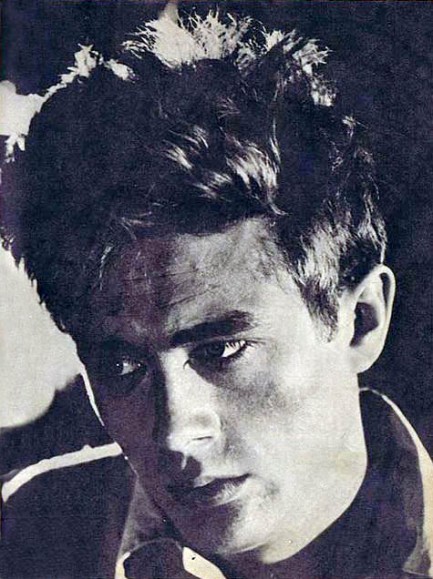
| Vintage Pulp | Oct 10 2011 |

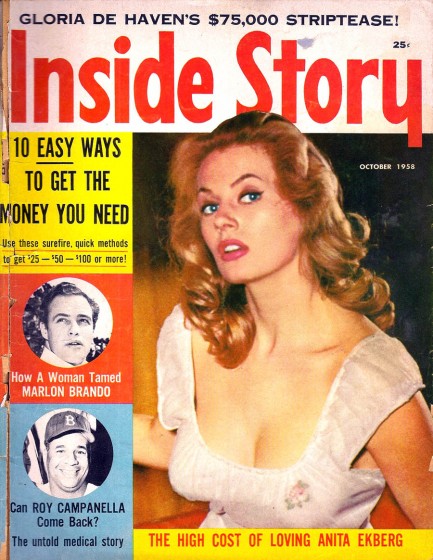
Sex, celebs, and swindles make up the bulk of this Inside Story from October 1958 with Swedish bombshell Anita Ekberg starring on the cover. All tabloids had a snappy slogan. Inside Story’s is “Tells the facts about people, the news, and the world we live in.” Doesn’t exactly send chills down the spine, does it? Maybe that’s why Inside Story was always strictly a middle-of-the-pack tab, never achieving the rarefied heights of Confidential or Police Gazette. But on to the stories.
In this issue readers are told that a relationship with Anita Ekberg comes at a high cost—not in money, but in frayed nerves due to her demanding behavior, alleged examples of which are detailed from London (caught by police having sex in a parked car) to Rio de Janeiro (abandoned her boyfriend and flew back to Sweden without a goodbye). Inside Story also expounds on Marlon Brando and Anna Kashfi, as well as Gloria de Haven and the unnamed Central American dictator’s son (Ramfis Trujillo, discussed last year) who was so struck by her beauty that he spent a fortune in time and money trying to get her into bed.
Errol Flynn's supposedly inflated reputation as a lover also takes a hit, and both the horse racing industry and restaurant business provide material for insider horror stories. All in all, it’s a nice slate of articles, well worth the twenty-five cent asking price. We have twenty pages of all this for your enjoyment below, including a large scan of Diana Dors, because, well, she’s Diana Dors.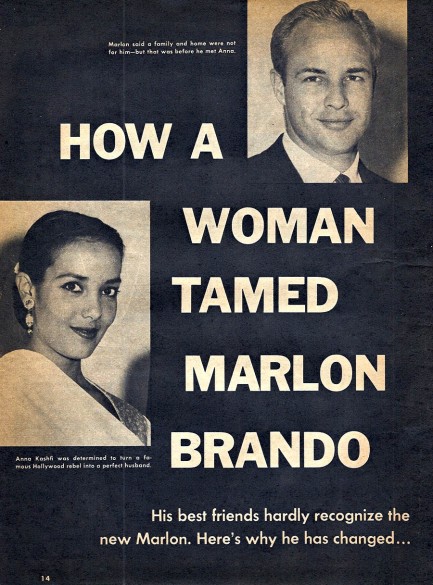
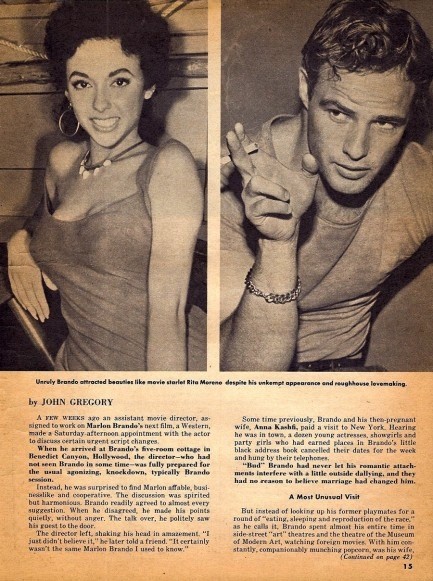
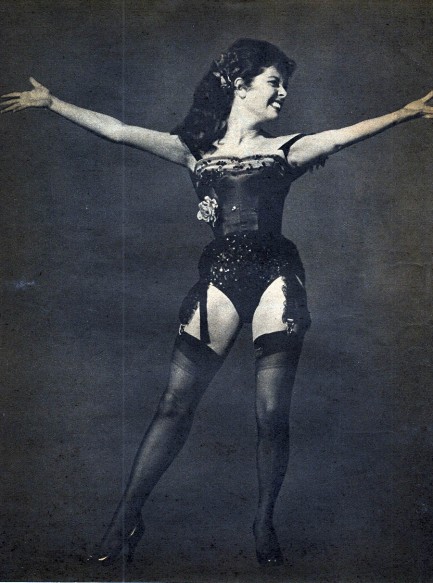
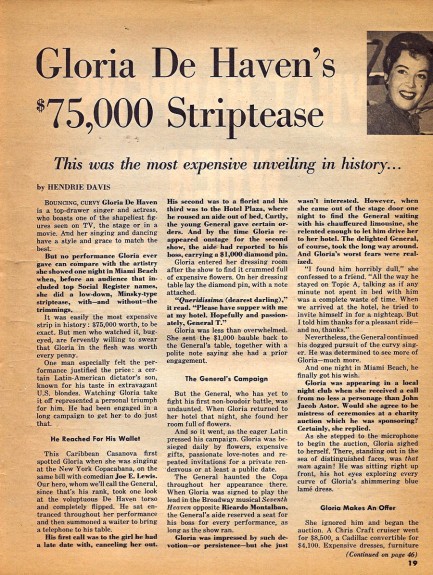

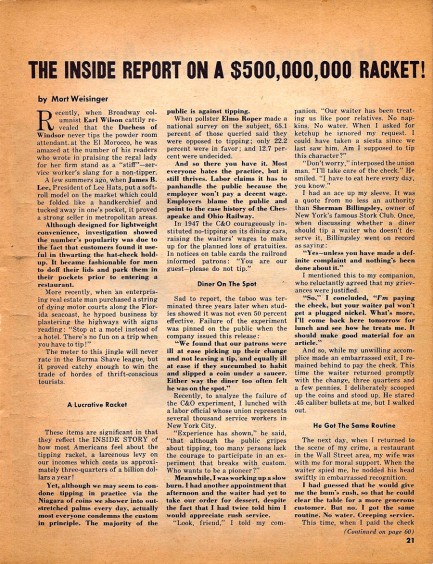
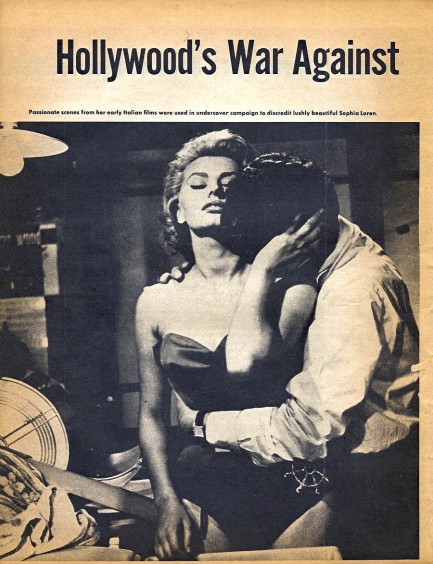
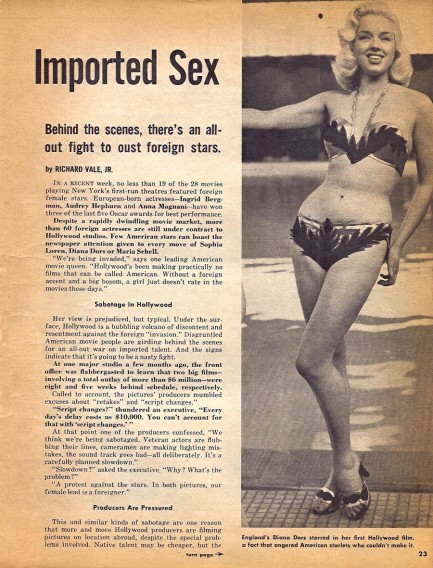
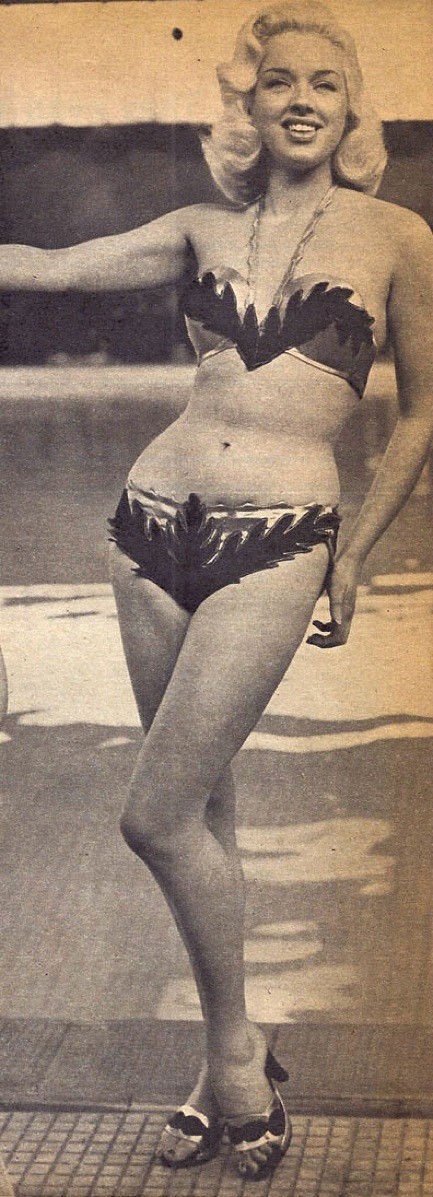
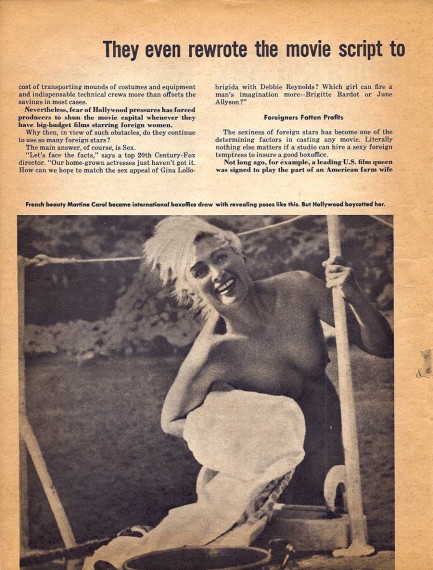
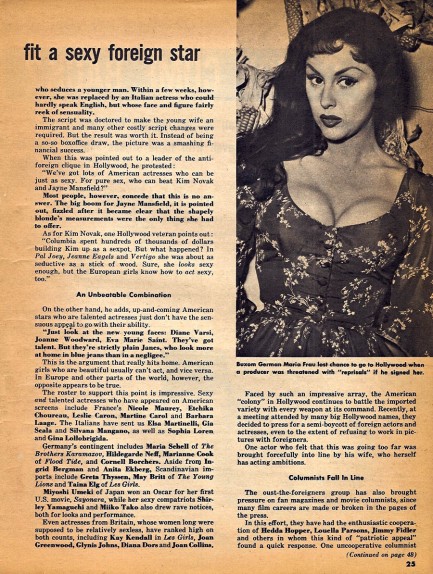
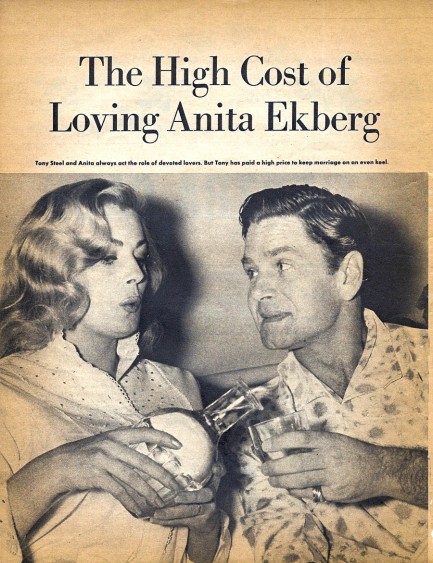
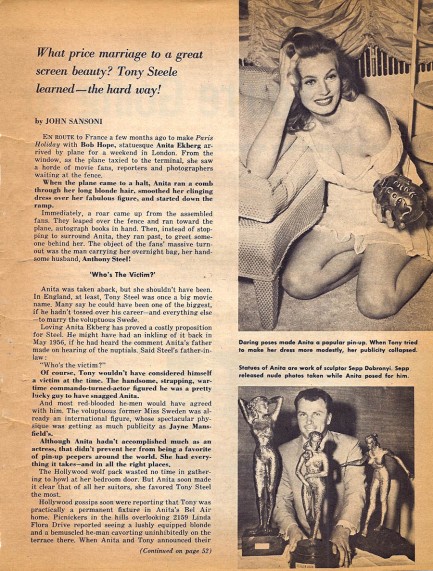
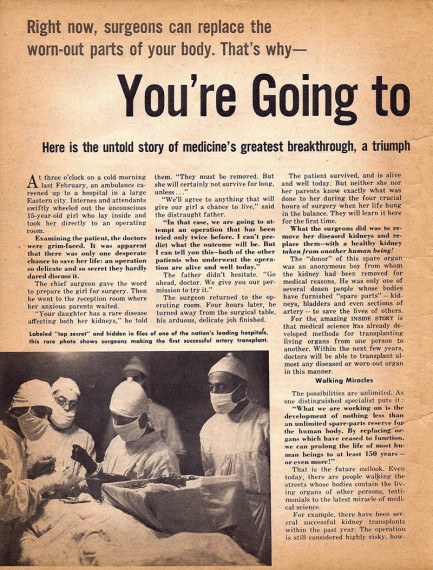
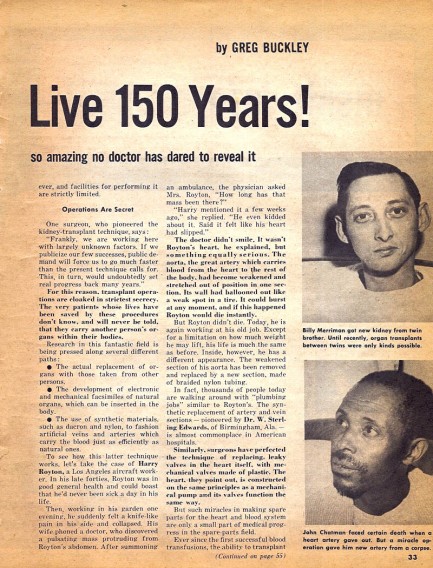
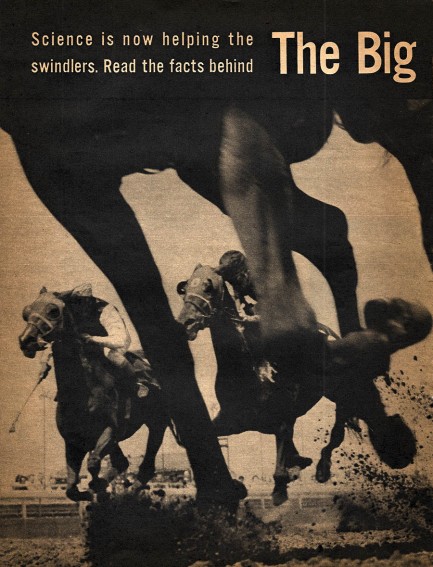
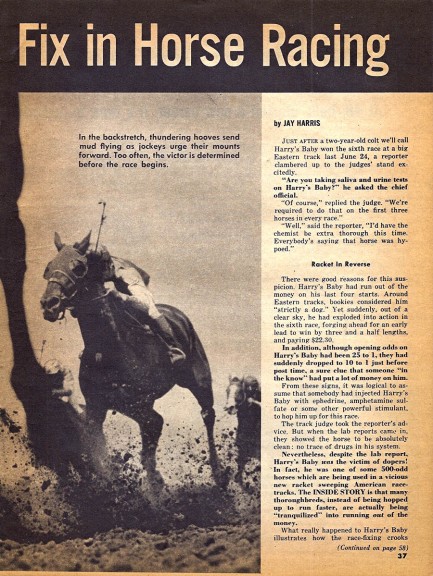
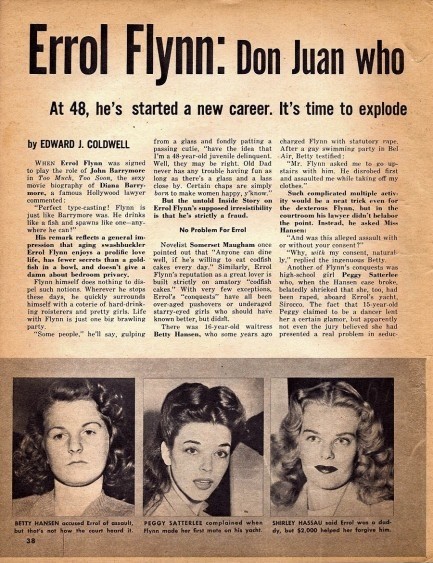
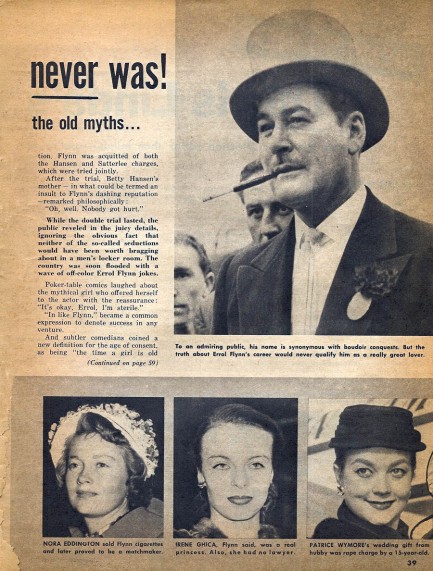
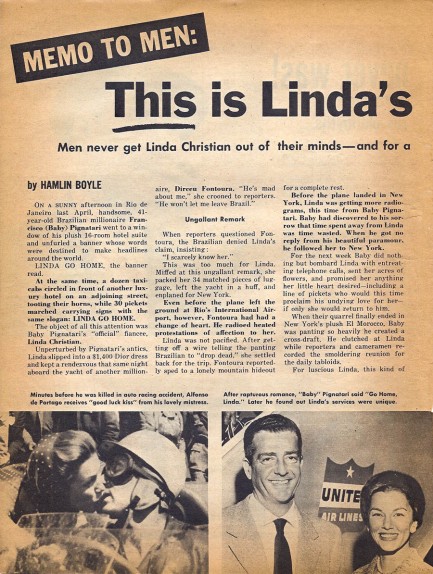
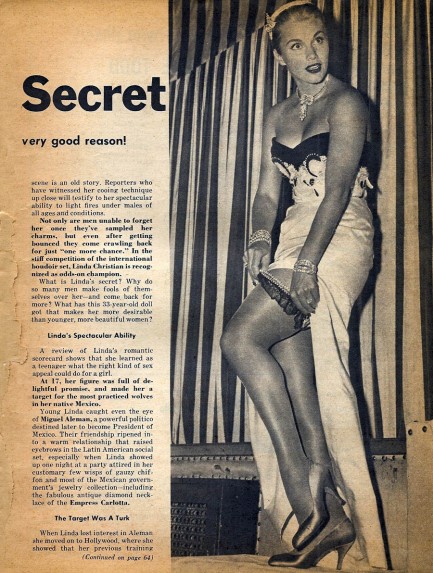
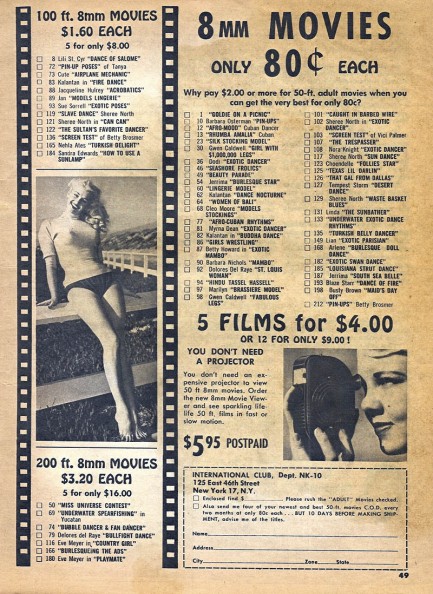
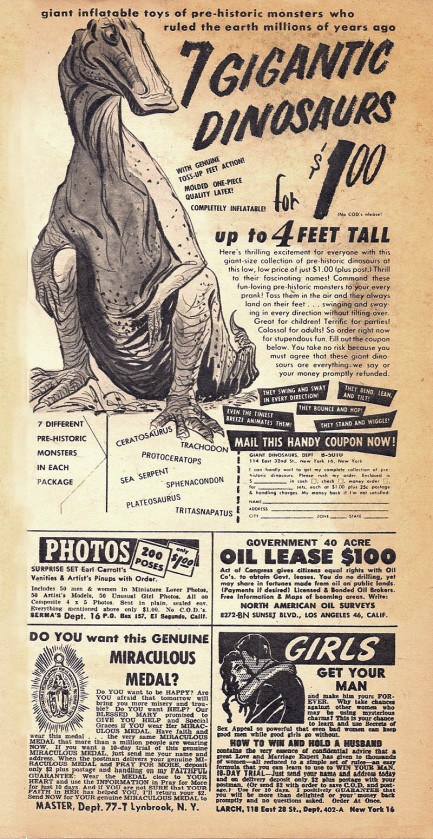
| The Naked City | Vintage Pulp | Mar 10 2011 |

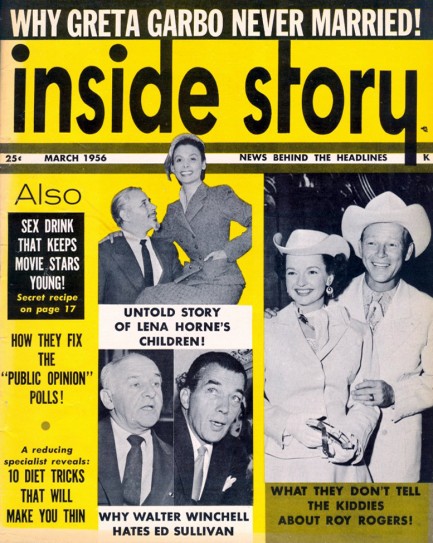
Though we're just getting around to featuring Inside Story here on Pulp for the first time, it was one of the better-known tabloids on American newsstands. We aren’t sure when it began publishing, but we’ve seen issues dating from 1955. And looking the other direction, we can make an educated guess that it folded in the early seventies, because we’ve seen no issues past 1971. In this March 1956 issue, quite a few celebrities get the smear treatment. Lena Horne’s interracial marriage is discussed, along with Greta Garbo’s suspicious lack of a spouse, and Roy Rogers' goodie-goodie image, and we learn about the dietary tricks of the day as well as a supposed "sex drink" favored by movie stars.
The magazine also examines the June 1906 murder of Stanford White by Harry K. Thaw, a killing committed out of jealousy. The reason Inside Story brings it up fifty years after the fact is because a film exploring the circumstances of the killing had been released the previous October. Entitled The Girl in the Red Velvet Swing, the movie starred Ray Milland, Farley Granger, and—as Thaw's wife Evelyn Nesbit—British-born actress Joan Collins. Inside Story informs readers that Collins was chosen
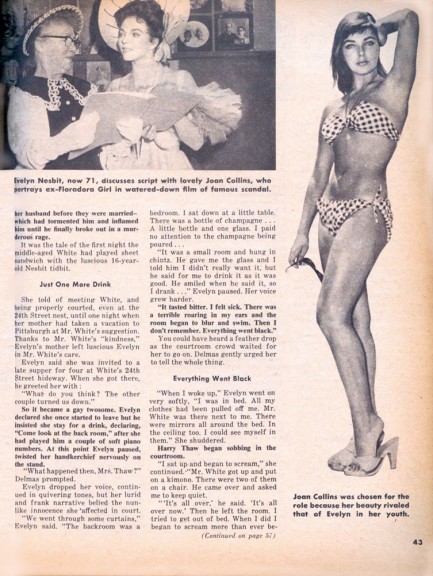
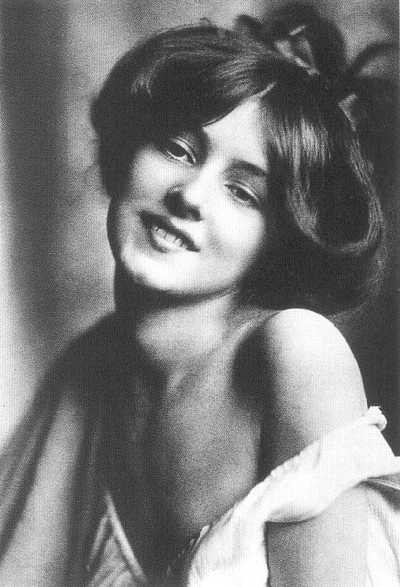 for the role because her beauty merely rivals that of Nesbit. That's quite a claim when talking about a woman as stunning as Joan Collins, but in this case the tabloid may be right. We've included a second photo of Nesbit at left so you can judge for yourself. Inside Story is also correct when it says the facts around the White killing were sanitized for the movie. There's little doubt the truth was too sordid.
for the role because her beauty merely rivals that of Nesbit. That's quite a claim when talking about a woman as stunning as Joan Collins, but in this case the tabloid may be right. We've included a second photo of Nesbit at left so you can judge for yourself. Inside Story is also correct when it says the facts around the White killing were sanitized for the movie. There's little doubt the truth was too sordid.
Evelyn Nesbit had been Stanford White’s lover before marrying Harry Thaw. Thaw was so tormented by this fact that he would tie Evelyn to a bed and beat her until she confessed in detail every sexual act she had ever engaged in with White. She later testified that she sometimes made things up, because he would beat her more if she had nothing to divulge. Eventually, she claimed that White had a red velvet swing installed in one of his apartments, and he would push her while looking up her skirts, and on one occasion made her ride the swing nude. She also told tales of threesomes and other activities. Thaw, trapped in a classic avoidance-avoidance dilemma, was tortured both by knowing and not knowing about his wife’s past. Since he couldn’t abide either, he lashed out at what he perceived as the source of the problem by shooting White in the head in front of hundreds of witnesses during a play at Madison Square Garden. Problem solved—except for the murder trial. But Thaw and his lawyer contrived a perfect defense, considering the sexual climate of the times. They convinced Evelyn to testify that White sexually abused her when they were together. How this justified a public execution we can't know without reading the trial transcripts, but it worked. Thaw was acquitted by reason of temporary insanity. In 1906 it was, apparently, just fine to be so wracked by jealousy over your spouse's sexual past that you could execute her previous lover.
As if that sordid tale isn’t enough, Inside Story gives readers two love triangles for the price of one. In the Roy Rogers article, what readers discover that “they don’t tell the kiddies” is that the clean-cut singing cowboy may have had an affair with Ella Mae Cooley, wife of bandleader Spade Cooley. At least that was the rumor at the time. But you know how rumors are. Rogers’ image was so antiseptically spotless that the tabloids
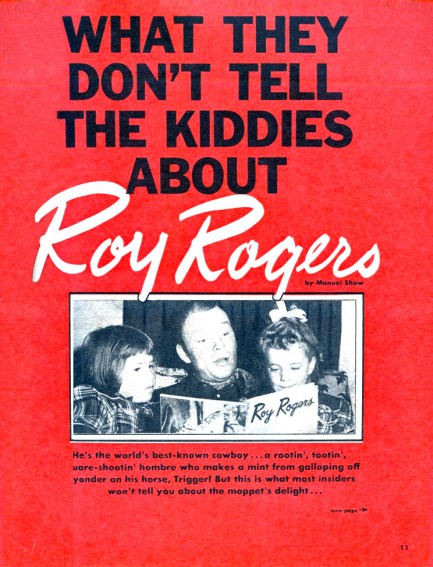 may have taken a certain pleasure in trying to tarnish it with a bit of infidelity. But the mud never stuck, probably because the affair almost certainly never happened.
may have taken a certain pleasure in trying to tarnish it with a bit of infidelity. But the mud never stuck, probably because the affair almost certainly never happened.
But nobody could tell that to Spade Cooley. His career failing because of the rise of rock ’n’ roll, and filled with paranoia partly because of his own numerous extramarital shenanigans, he tormented his wife with suspicions for years. When she finally asked him for a divorce in 1962, he said no—by stomping her to death. You see the unhappy couple below, on their wedding day, when neither of them could have imagined how it was all going to end. Cooley went to prison after a sensational trial. Roy Rogers emerged from it all unscathed, and continued his career as America’s most clean-cut singing cowboy. If there’s a lesson in all this, it’s that jealousy doesn’t pay. Unless of course, you happen to publish a muckraking tabloid like Inside Story—then it pays mighty fine indeed.
